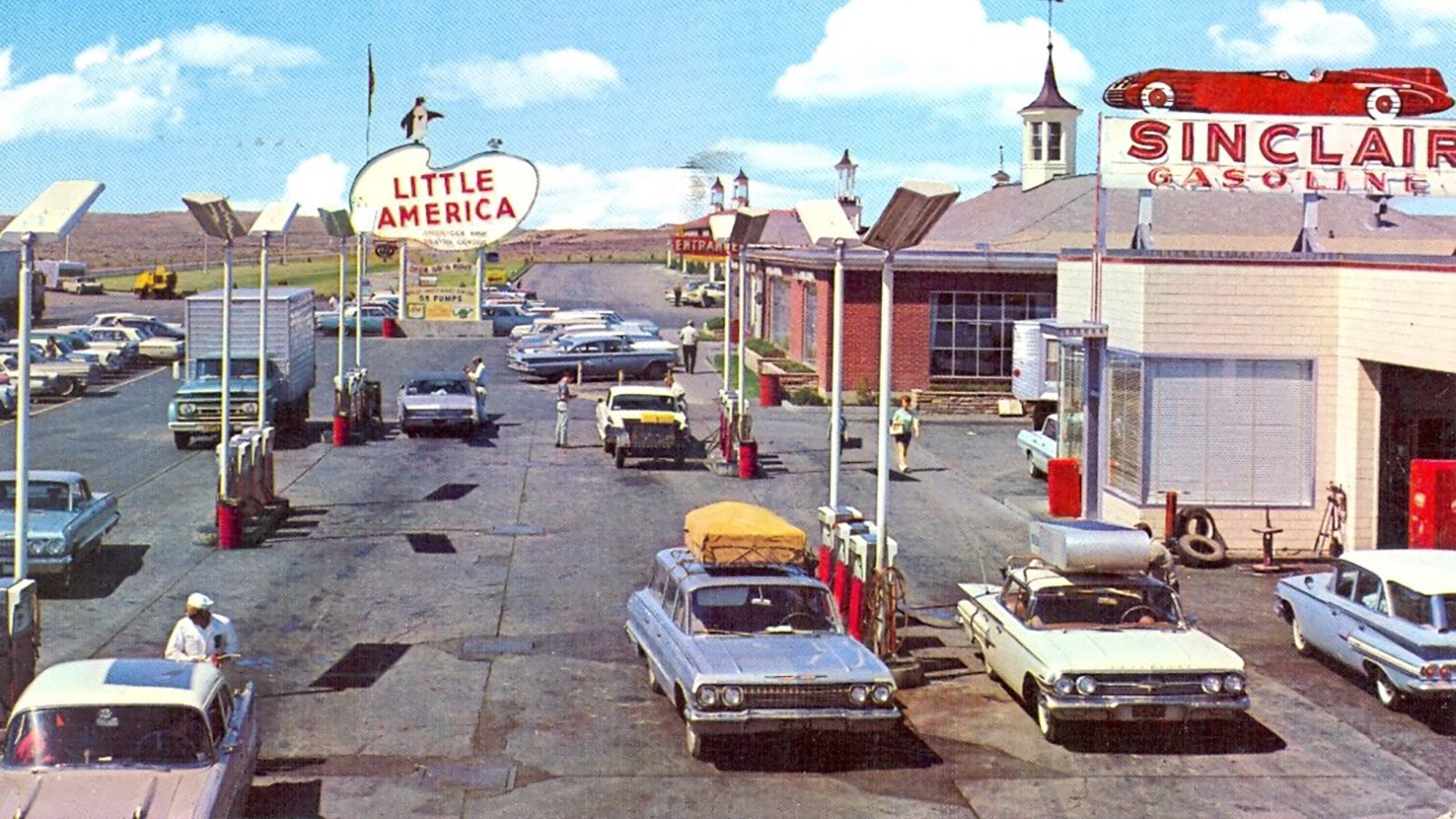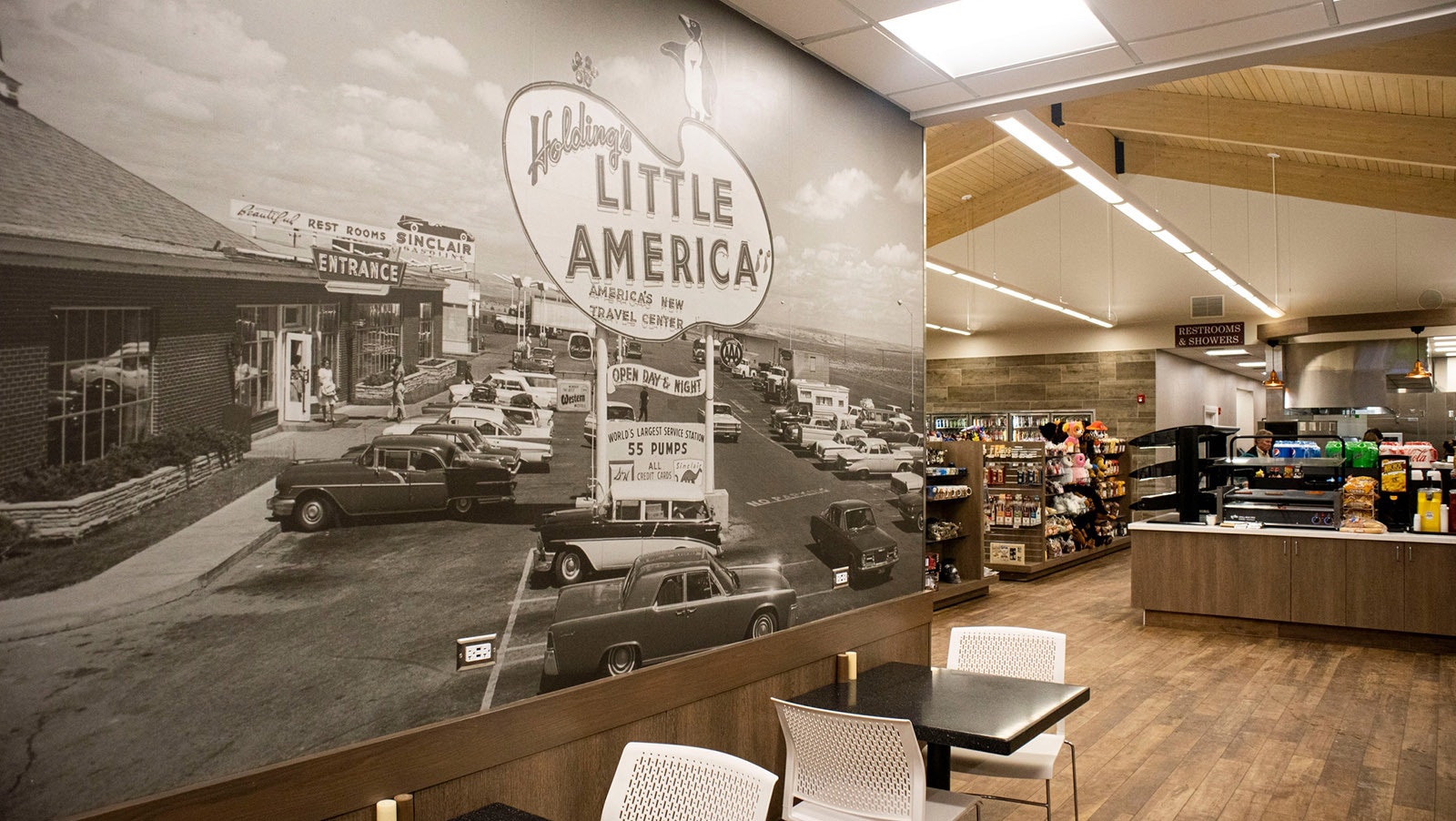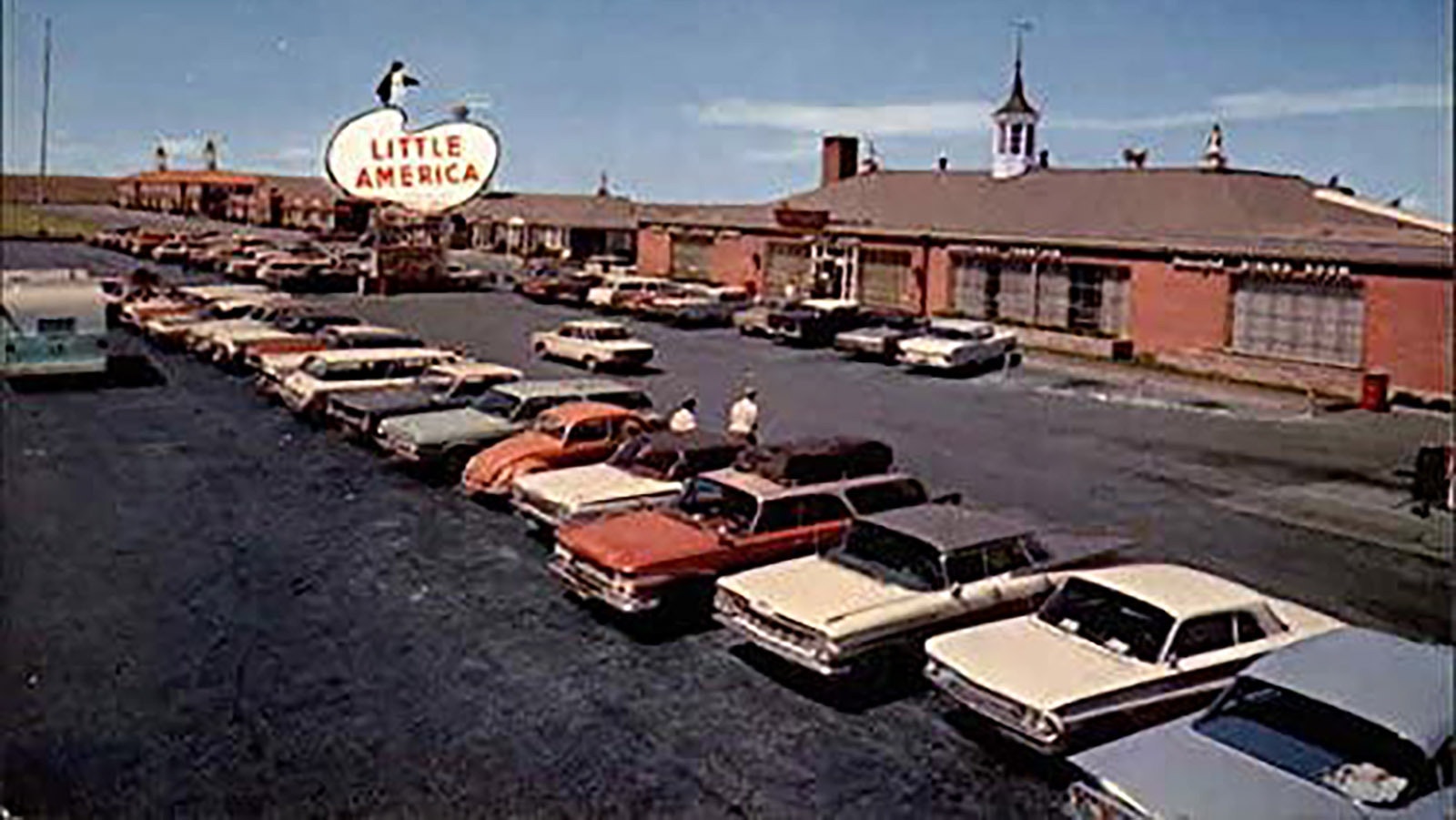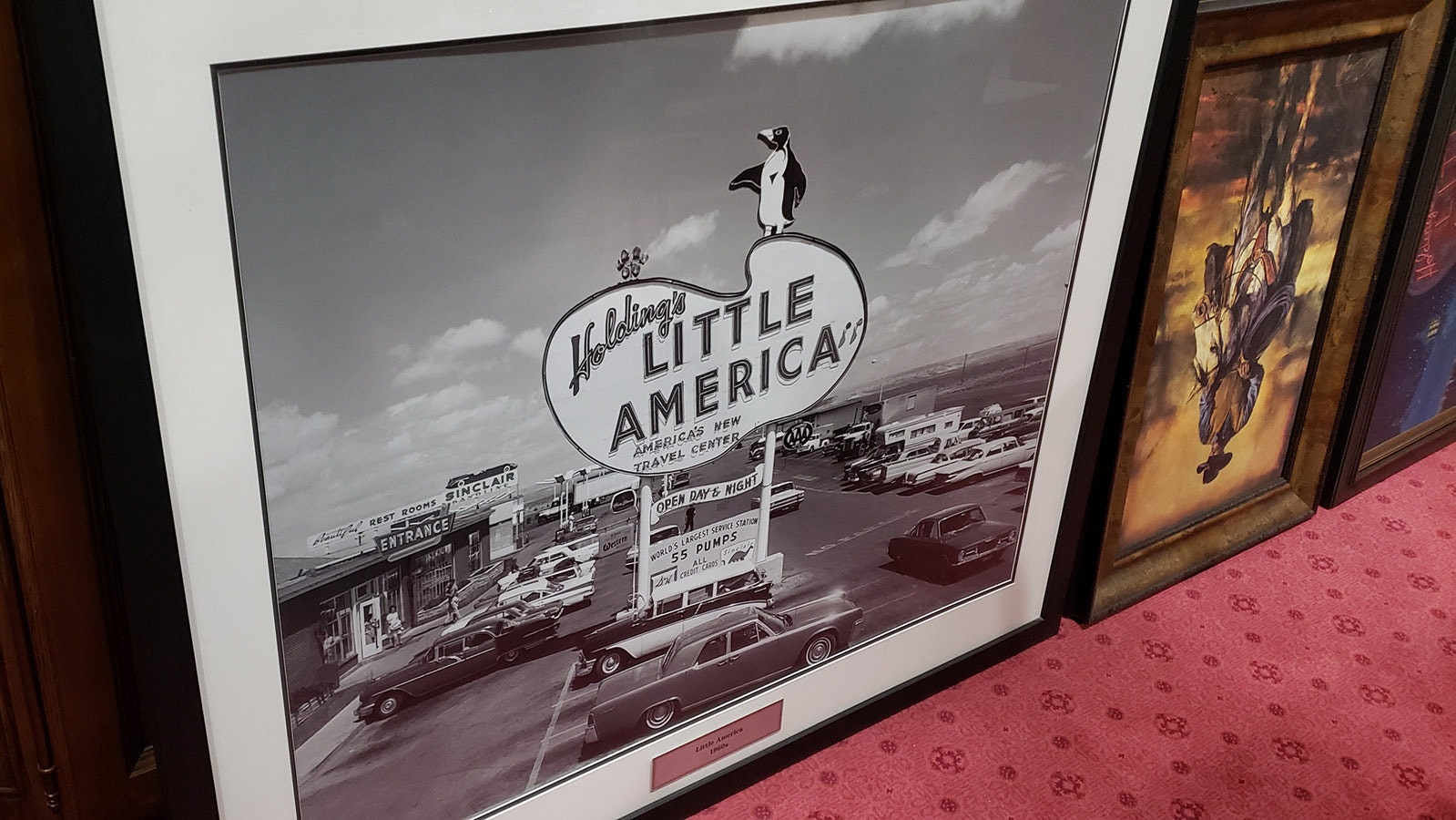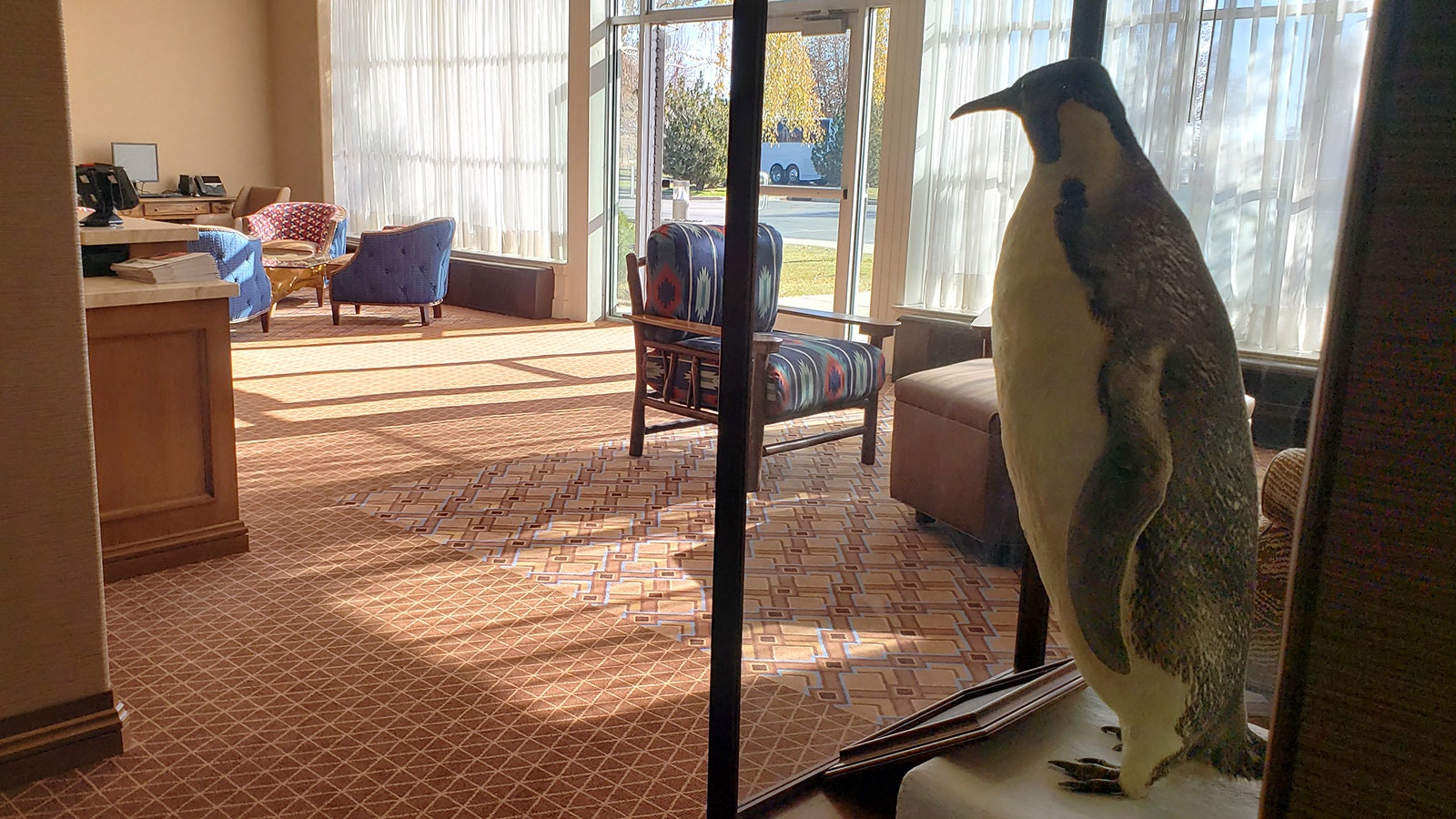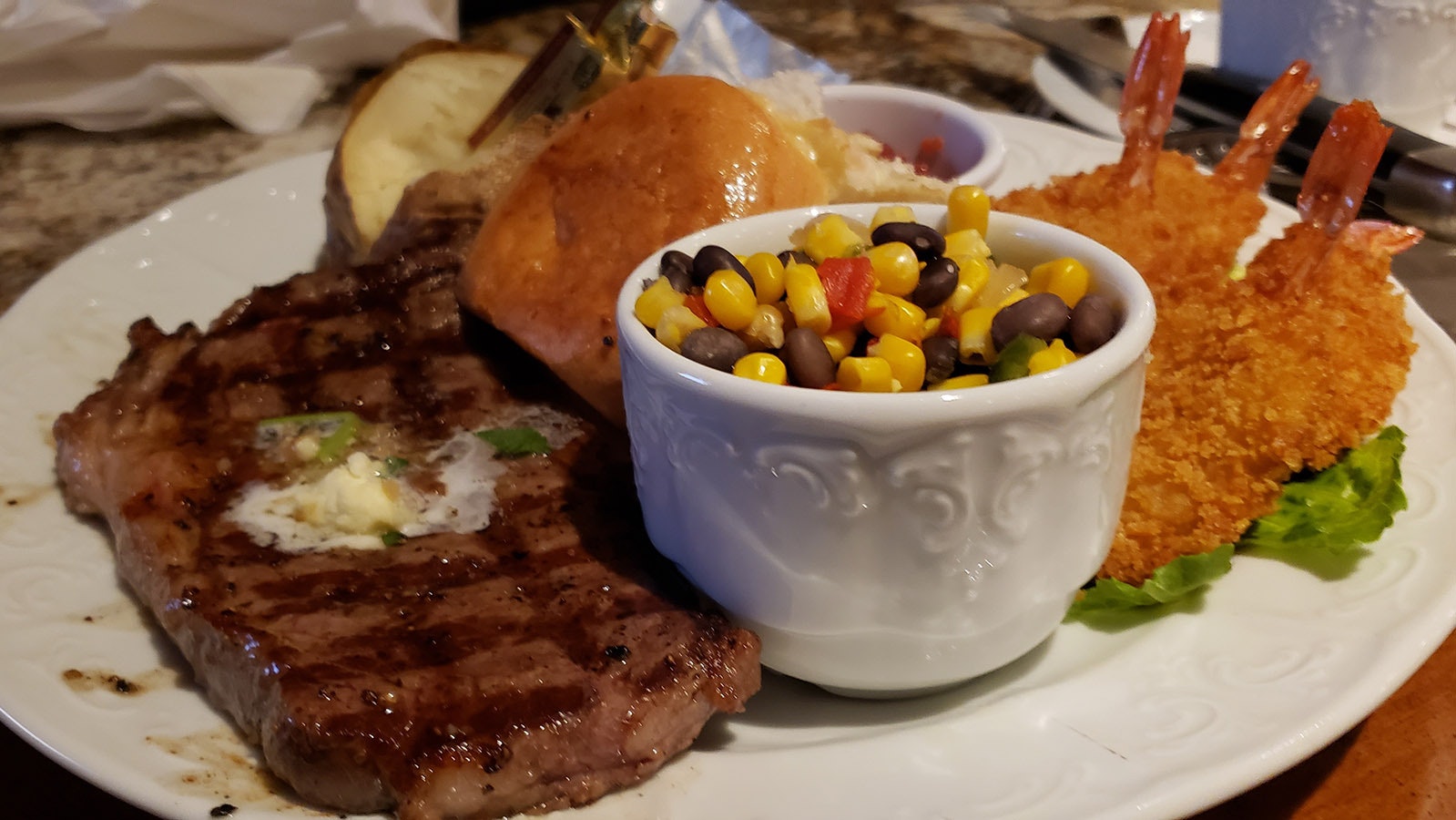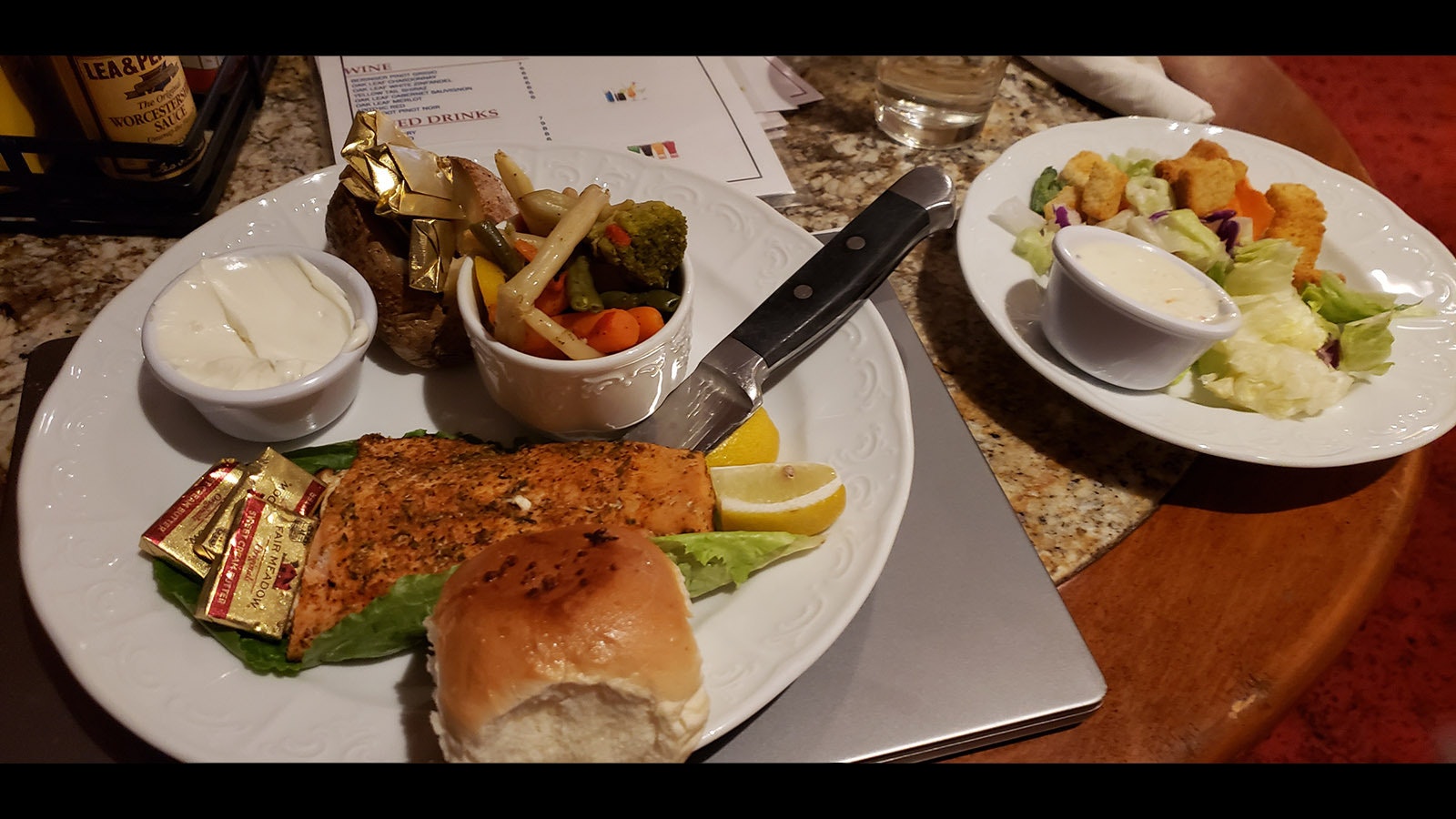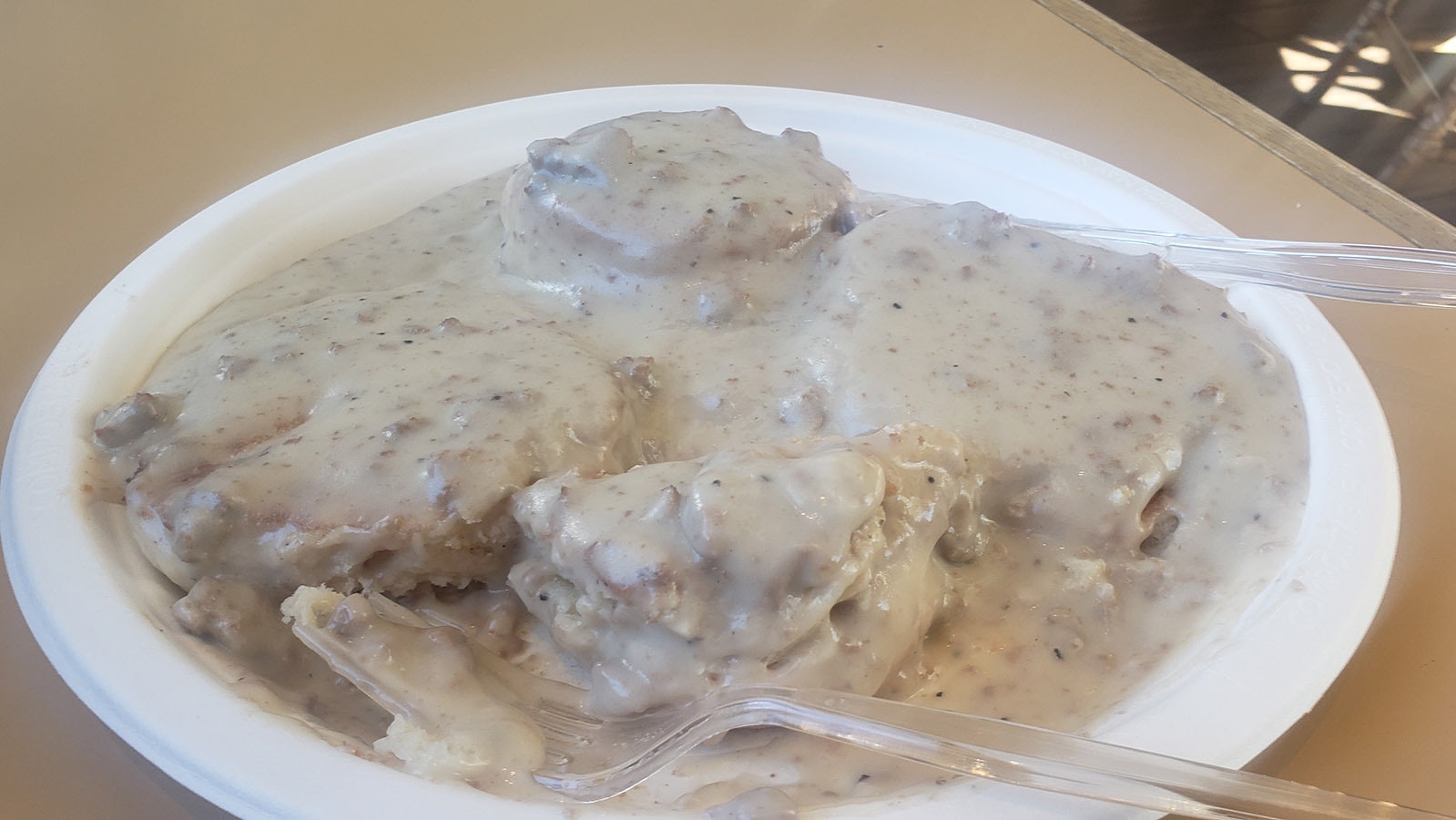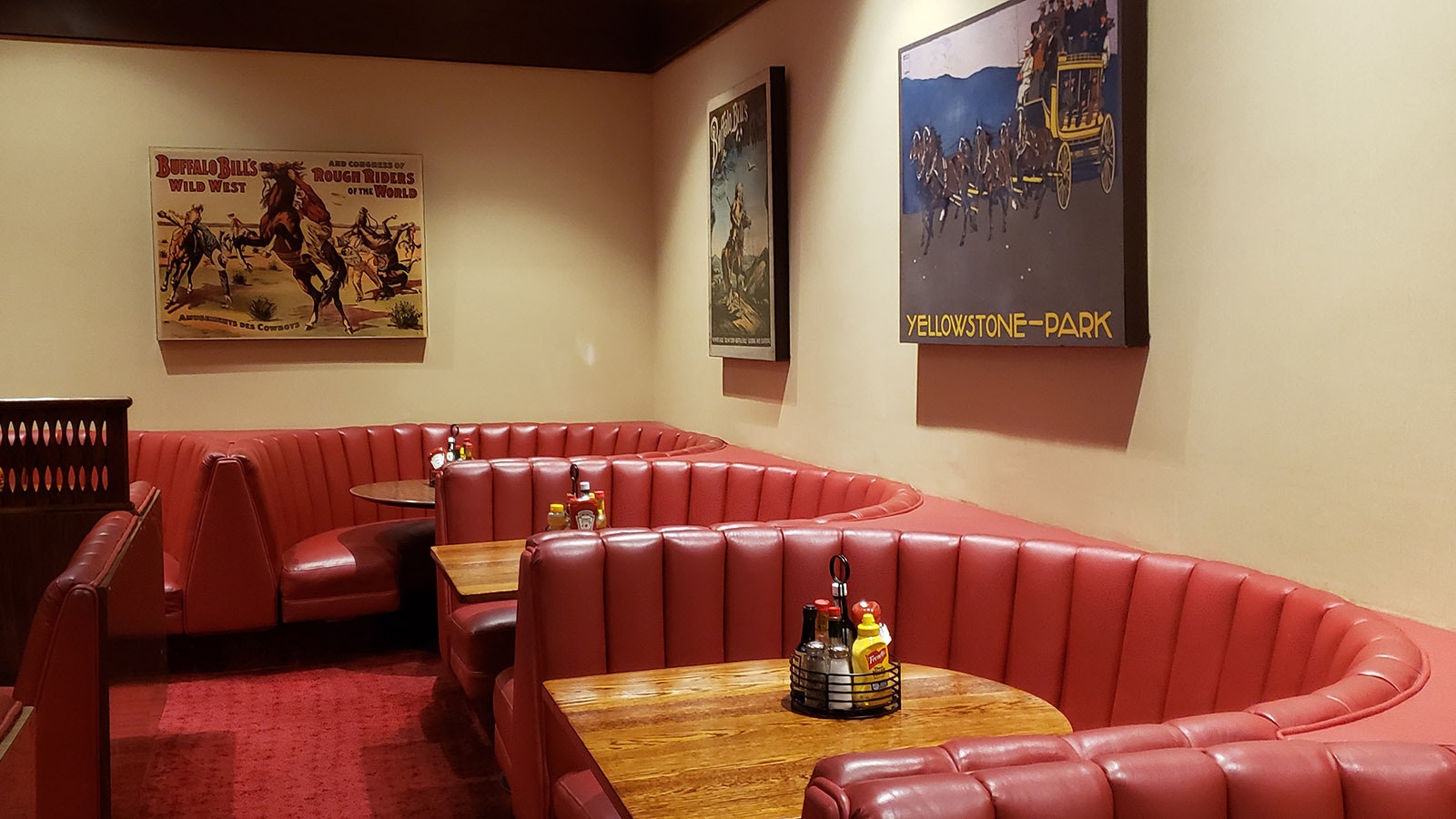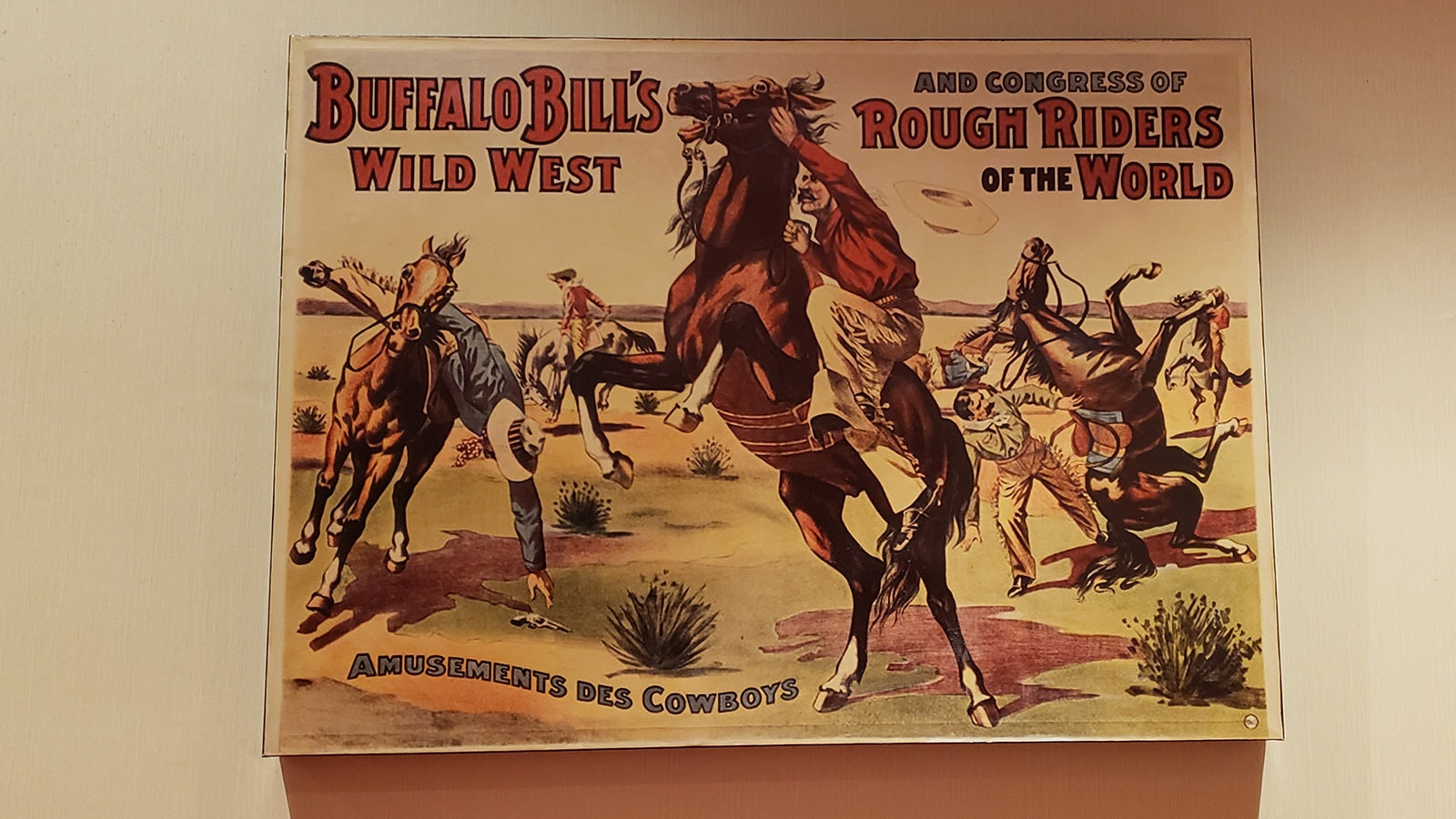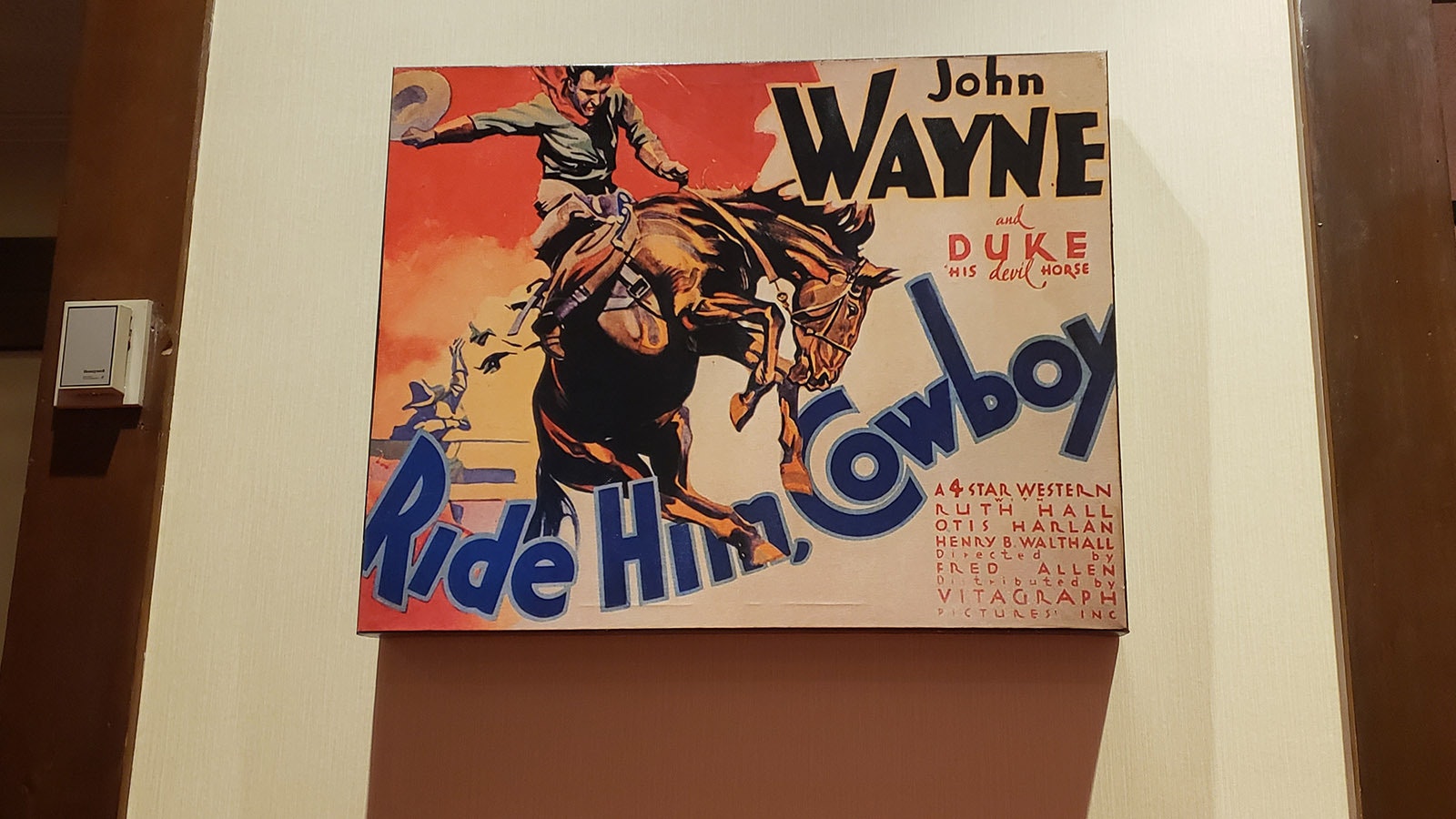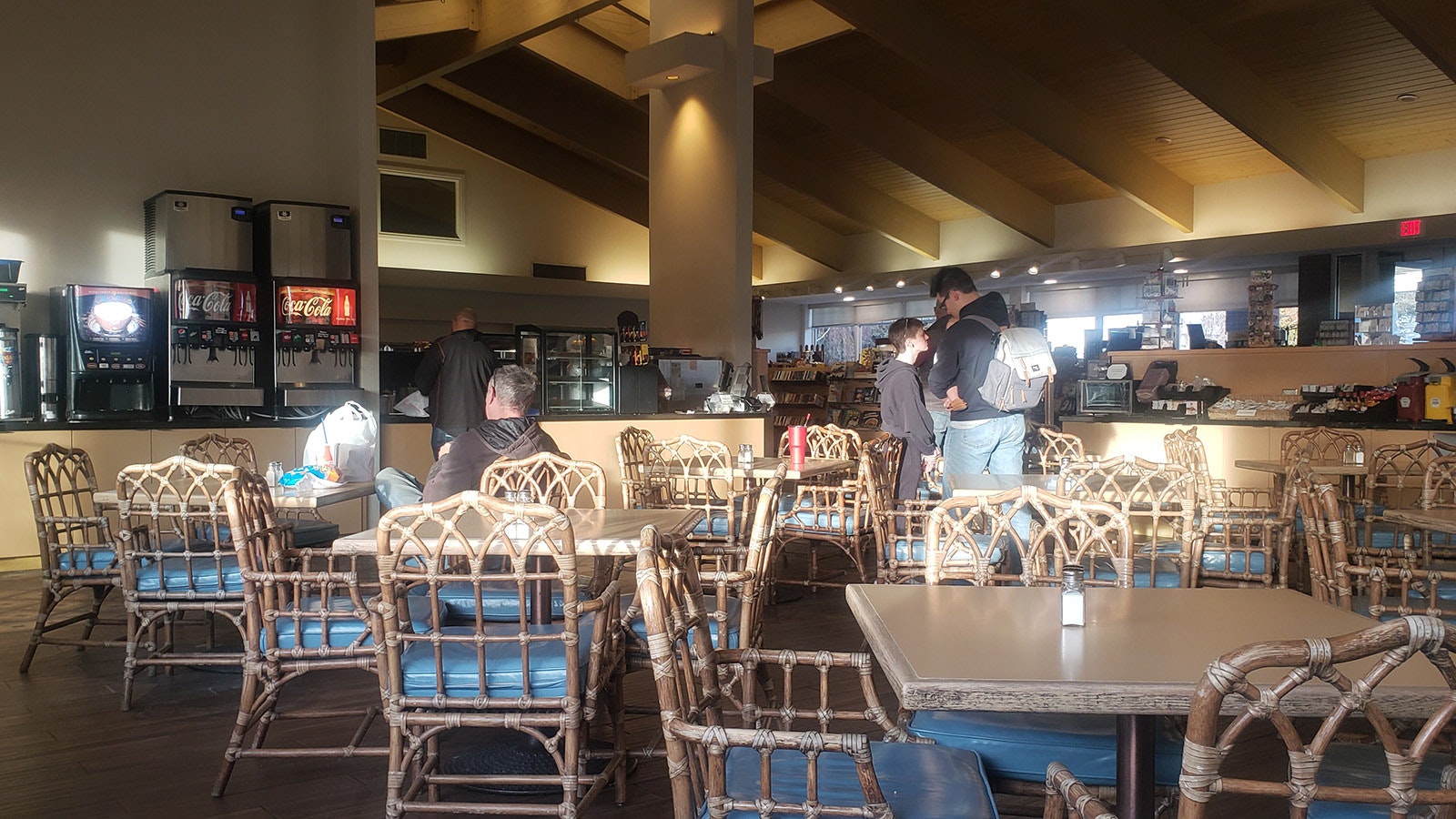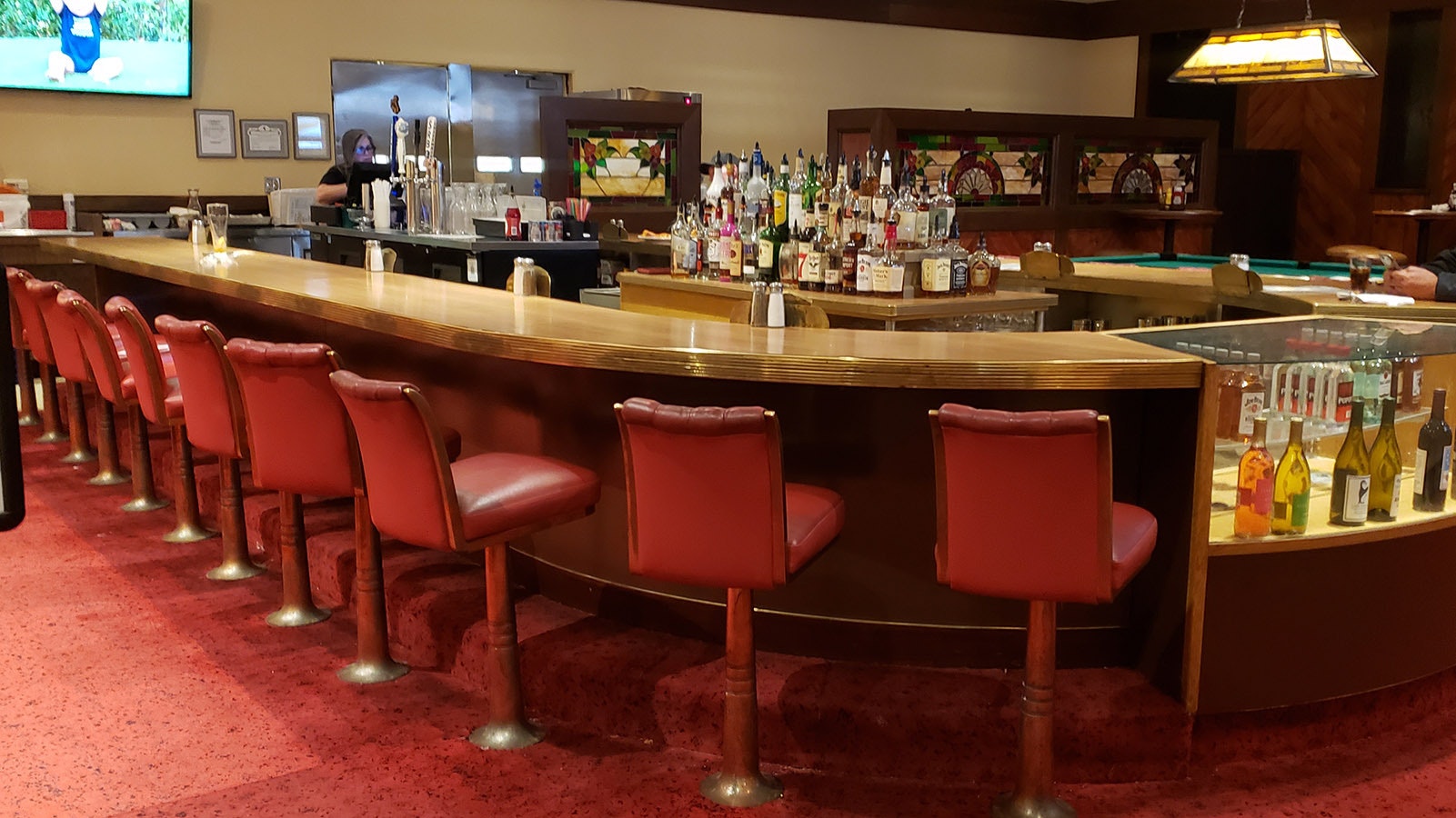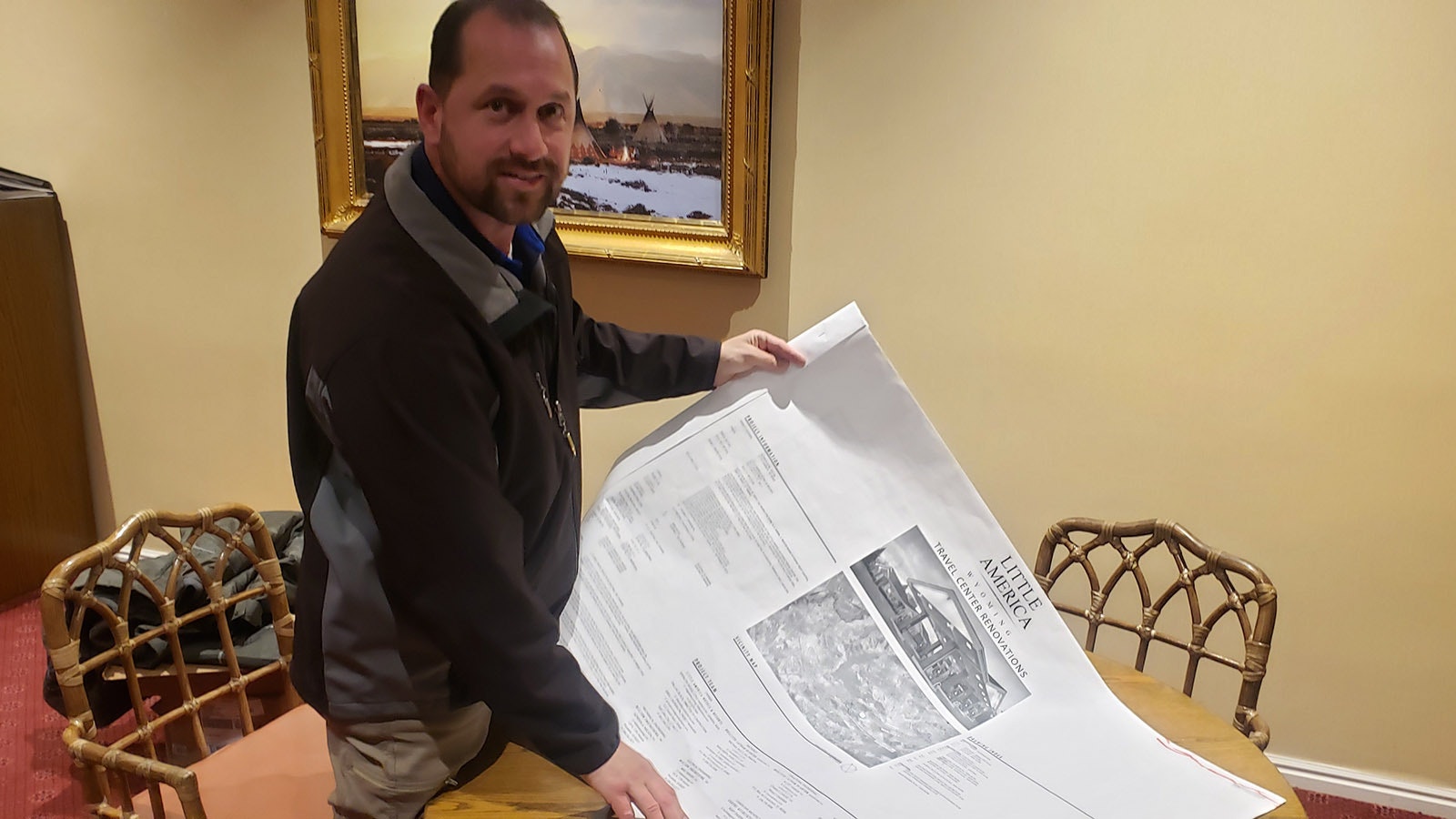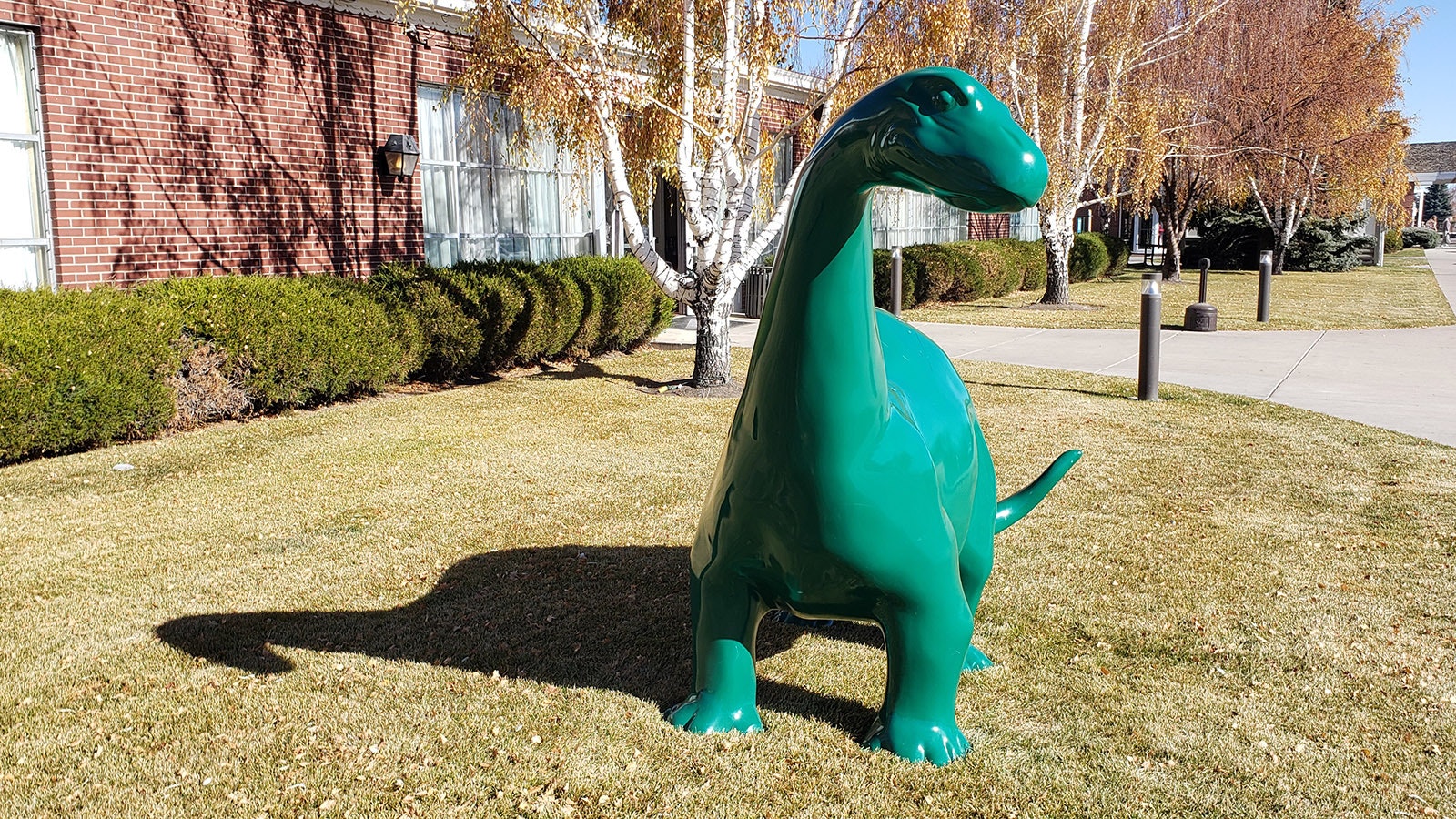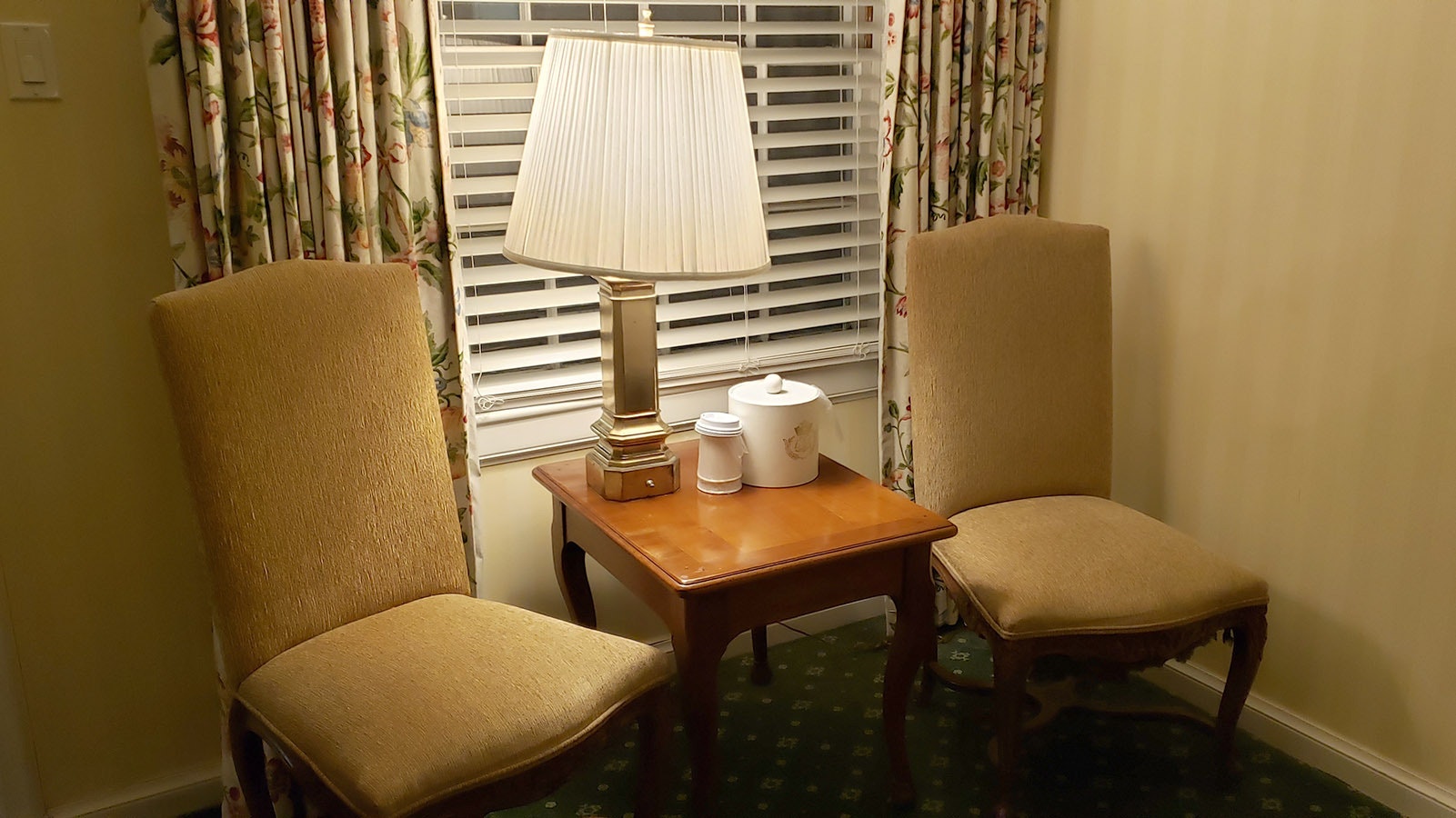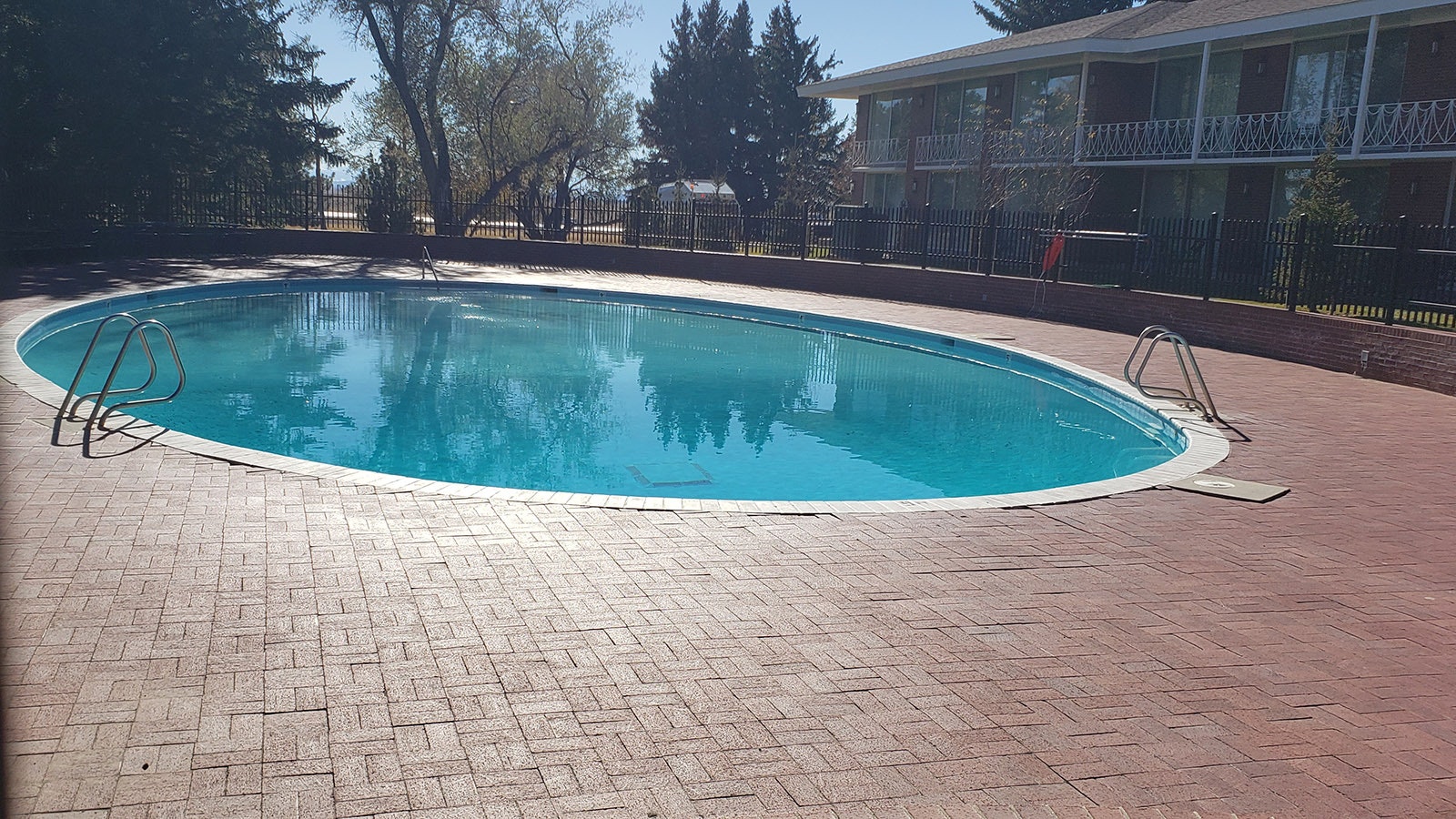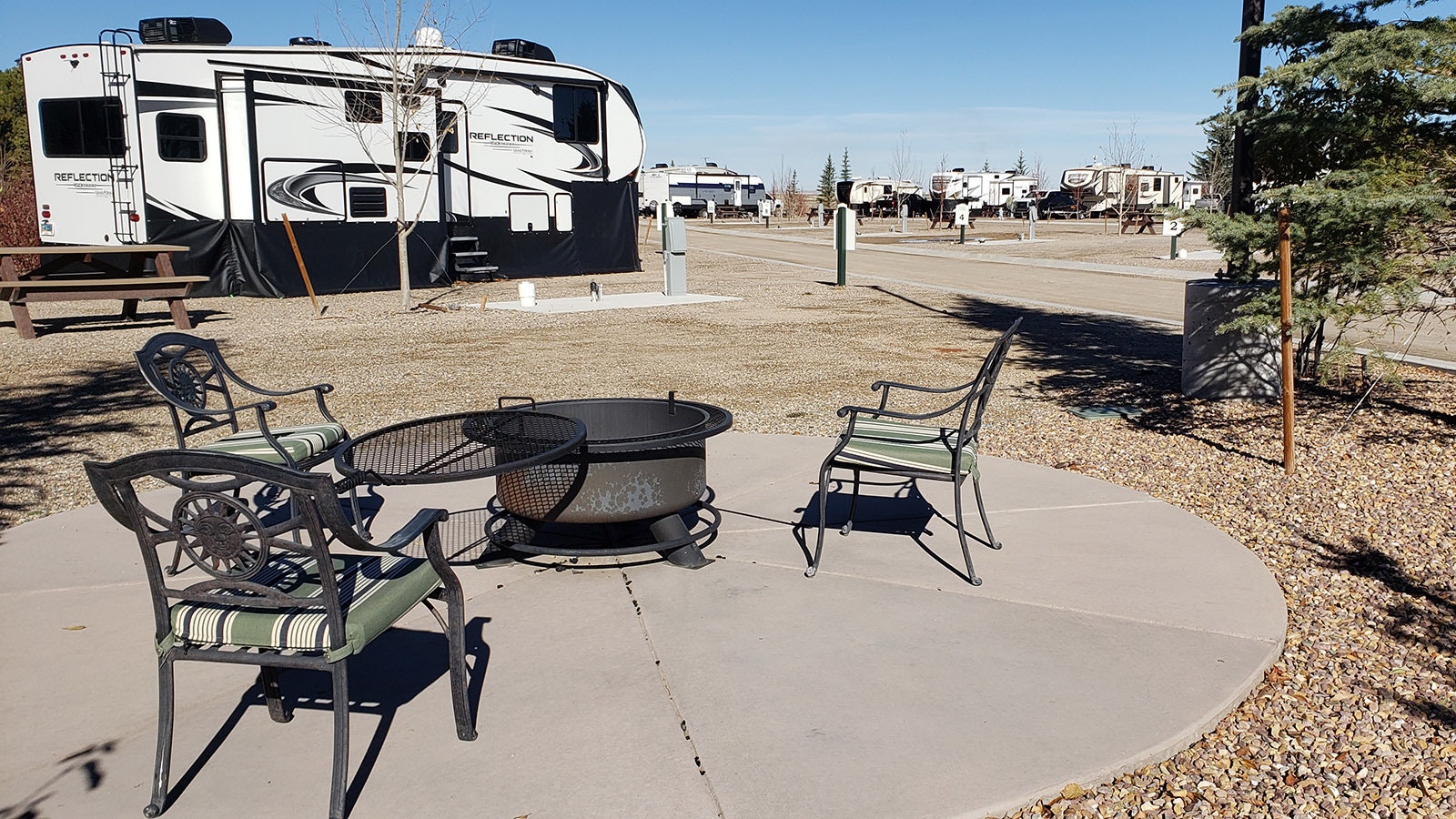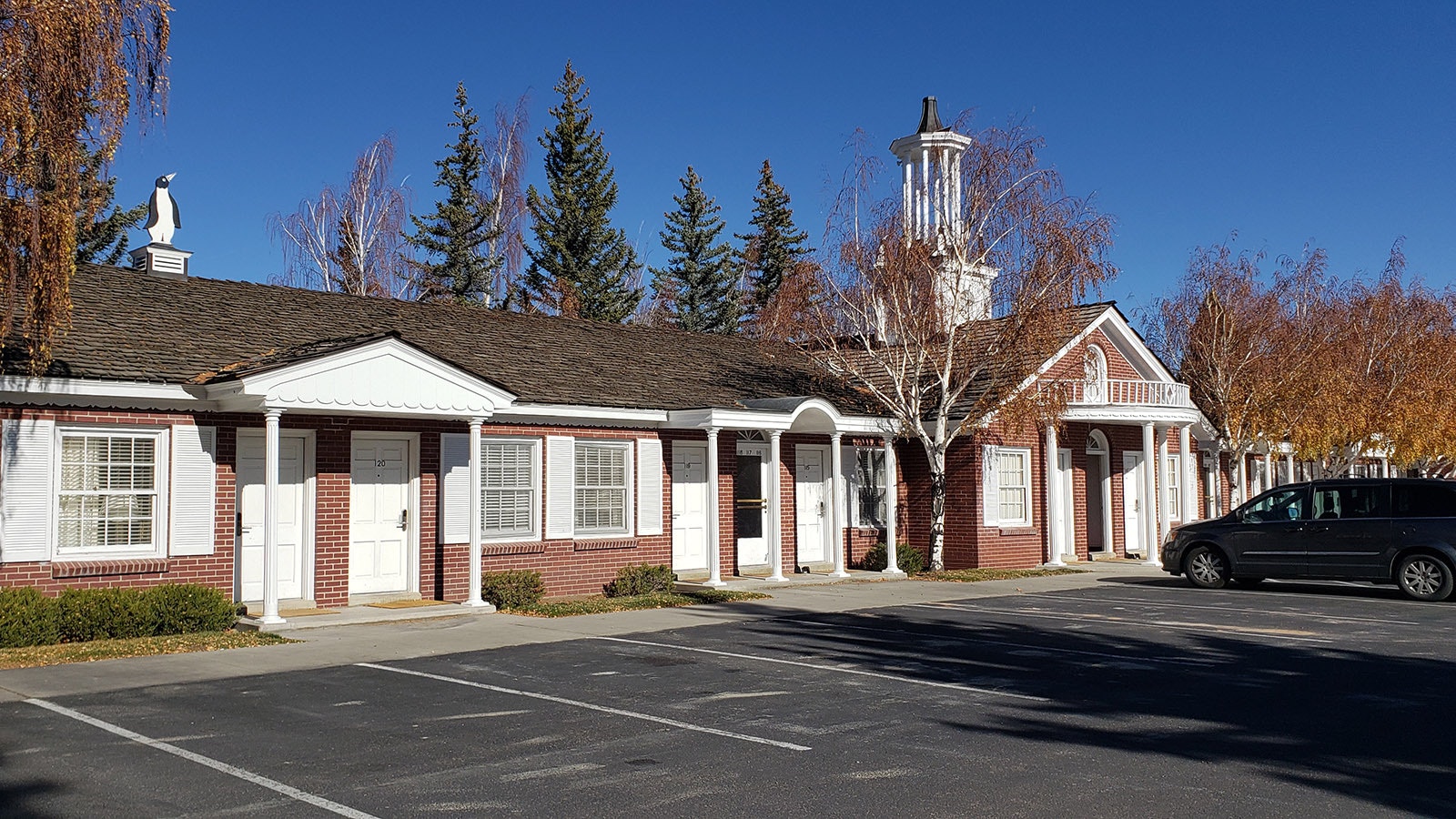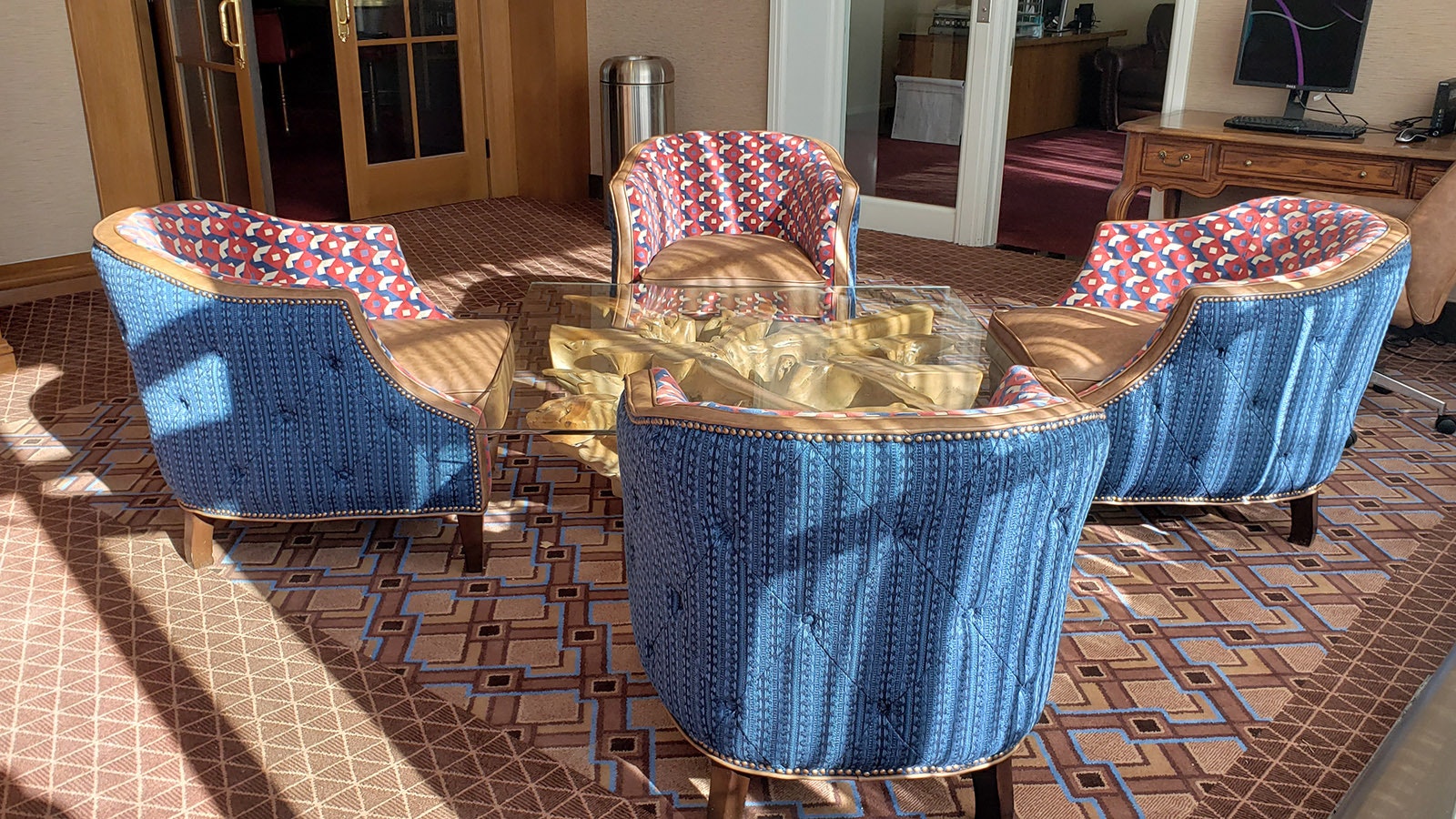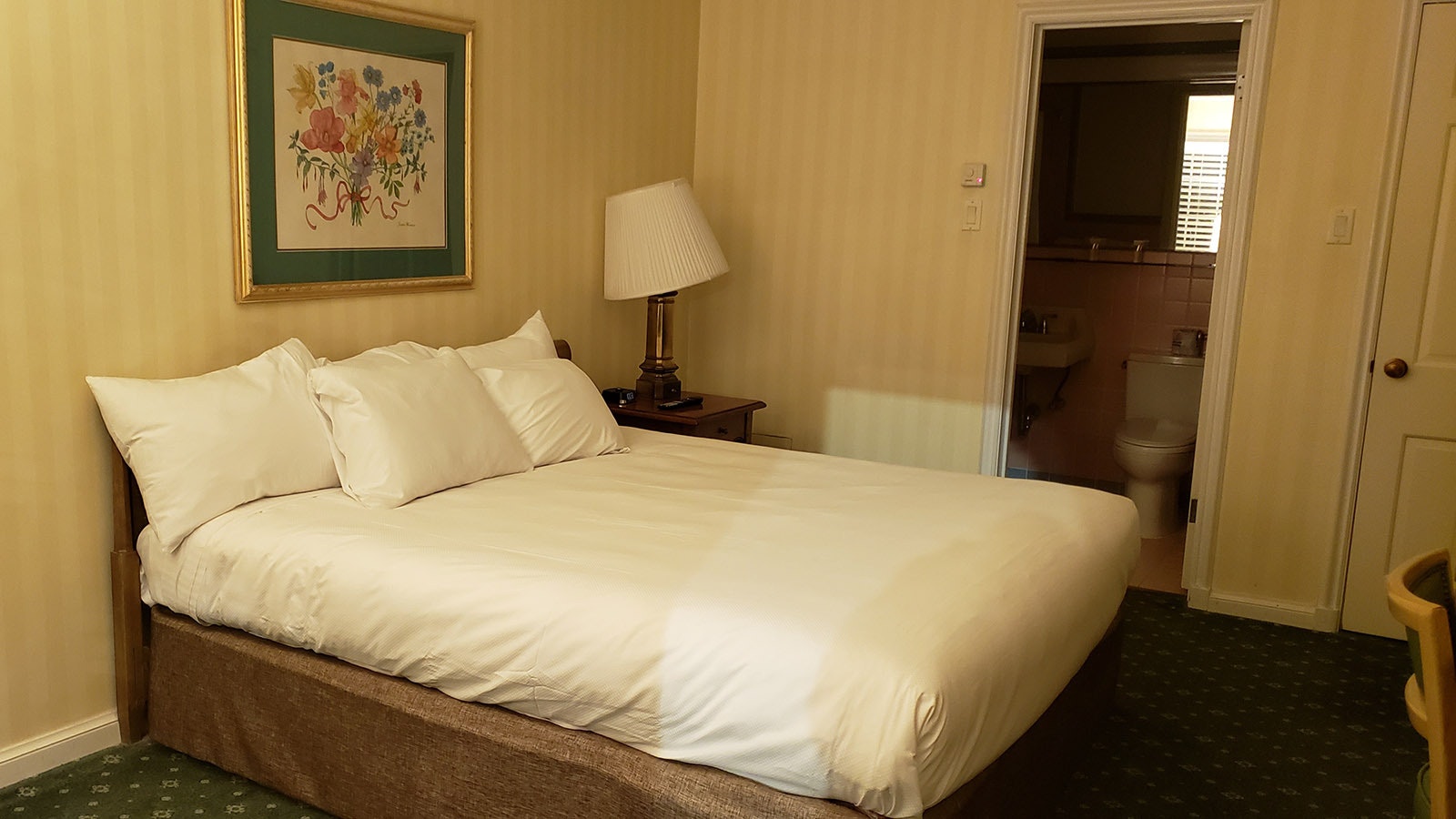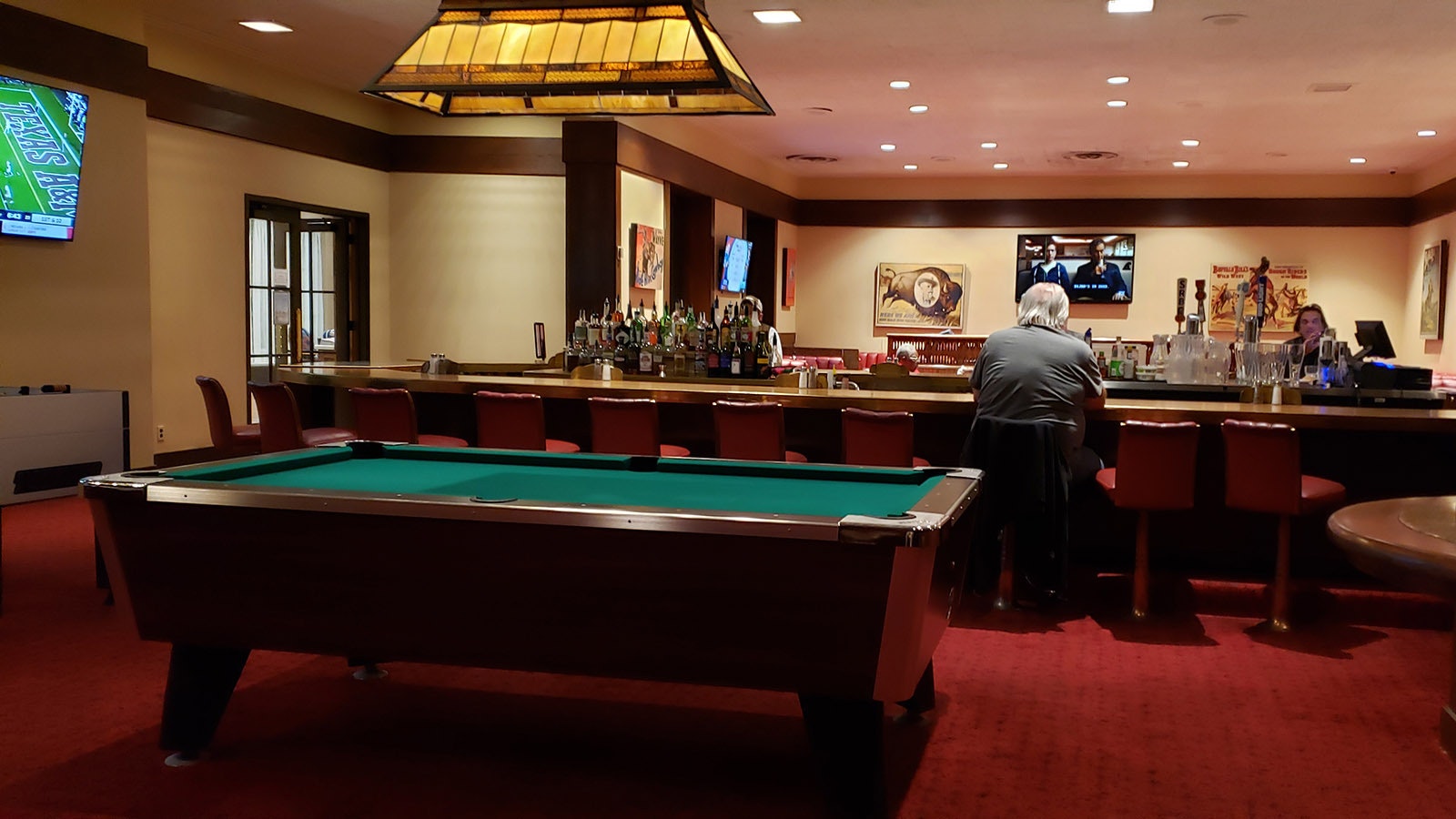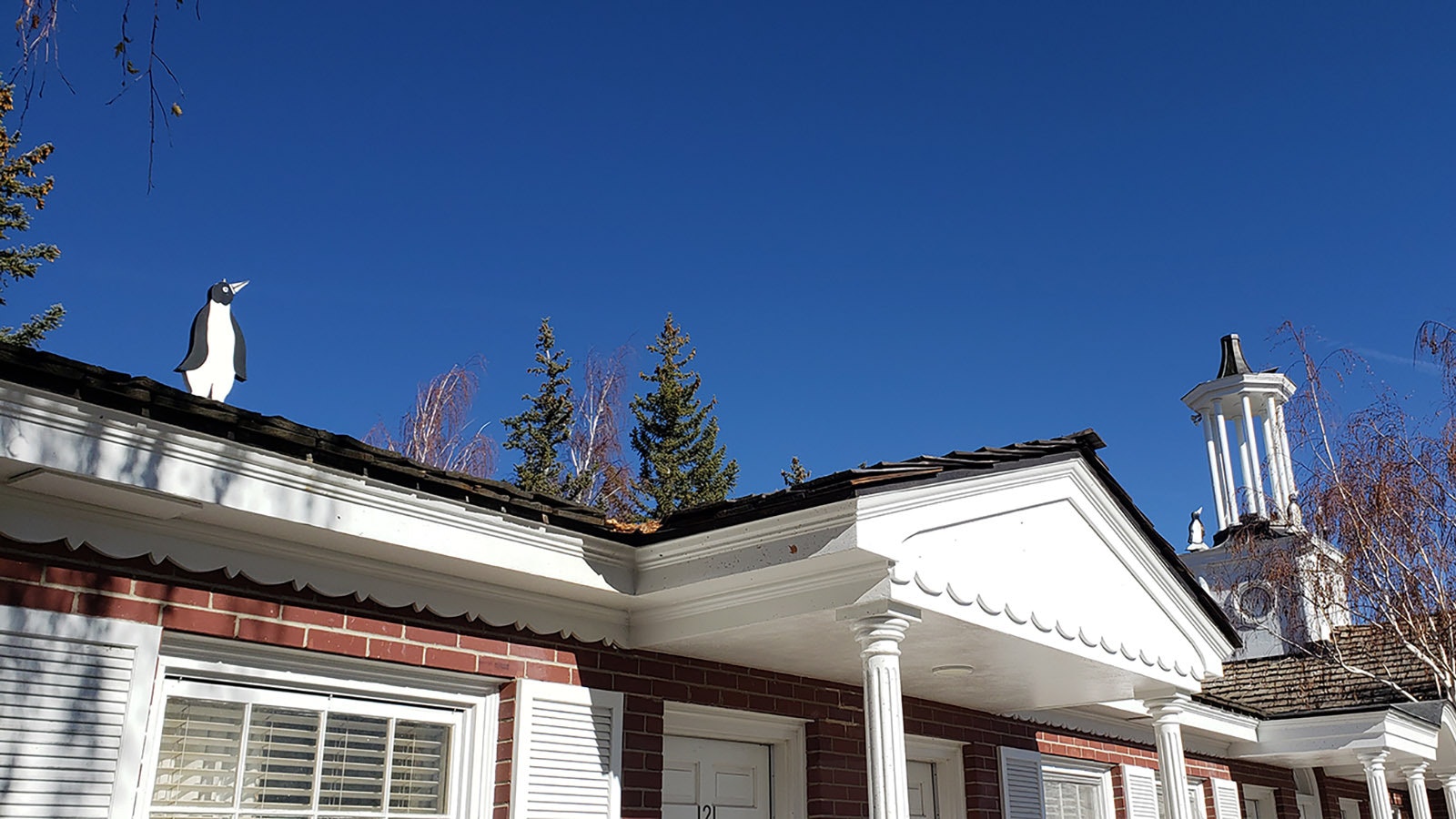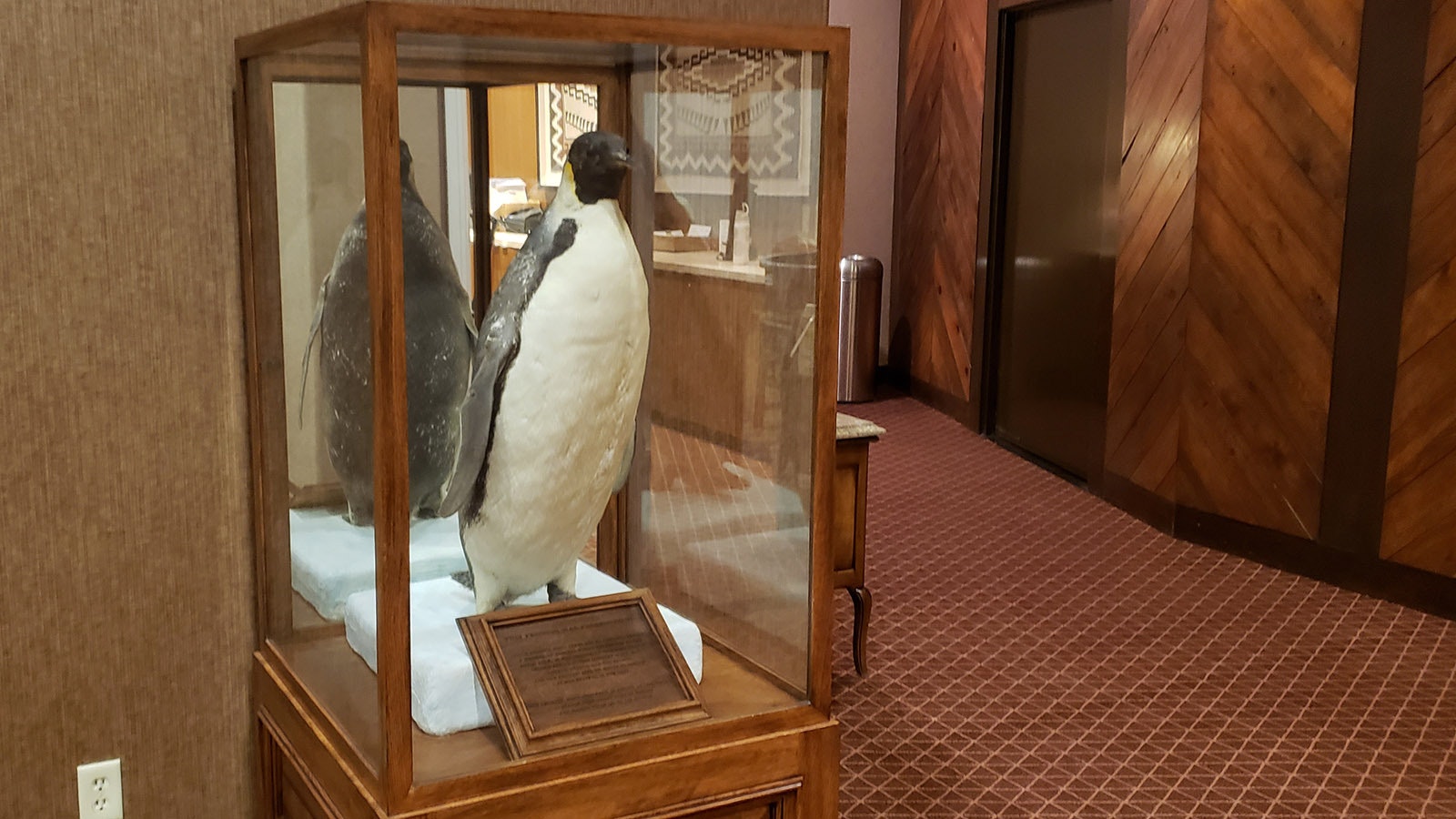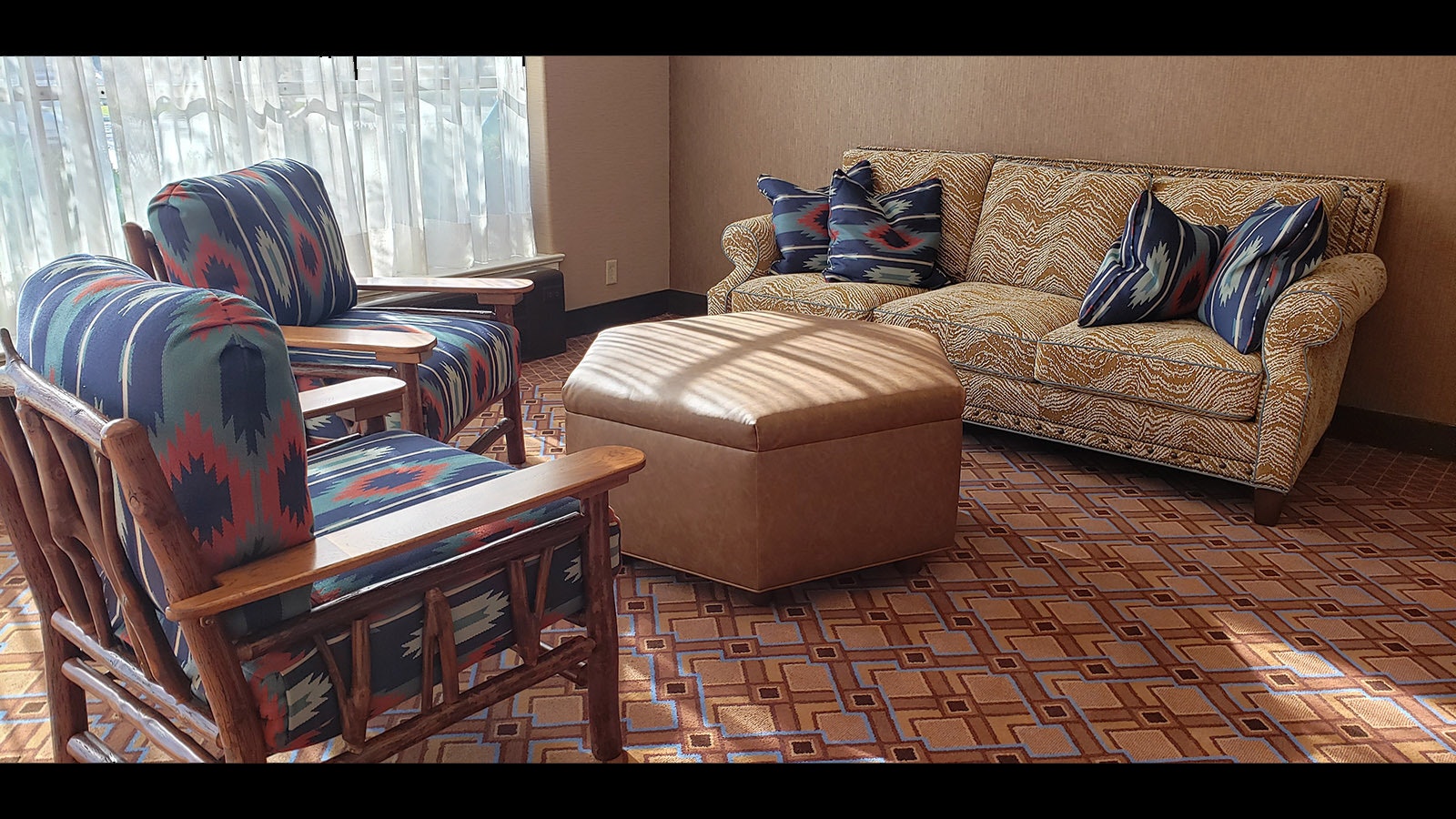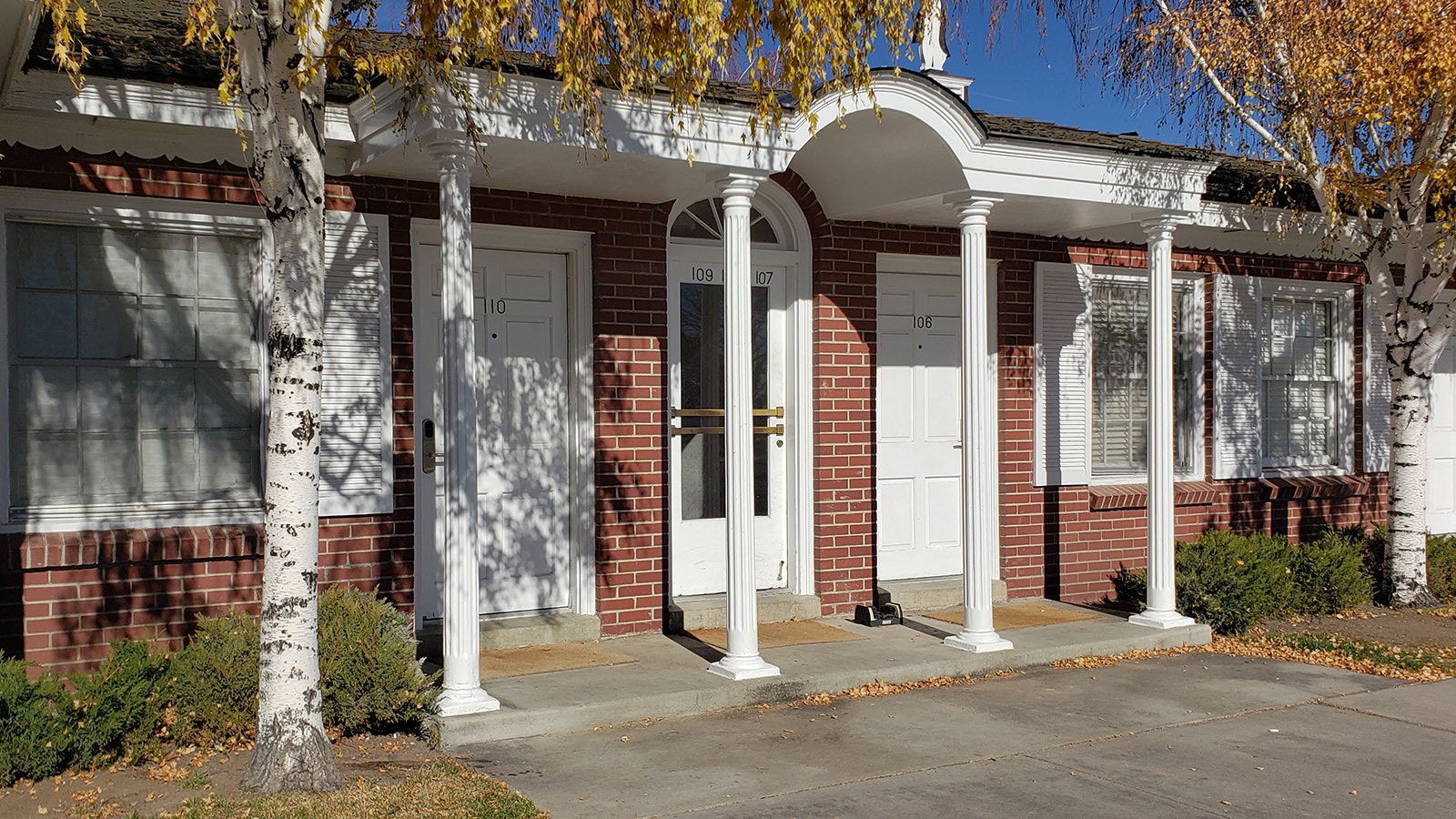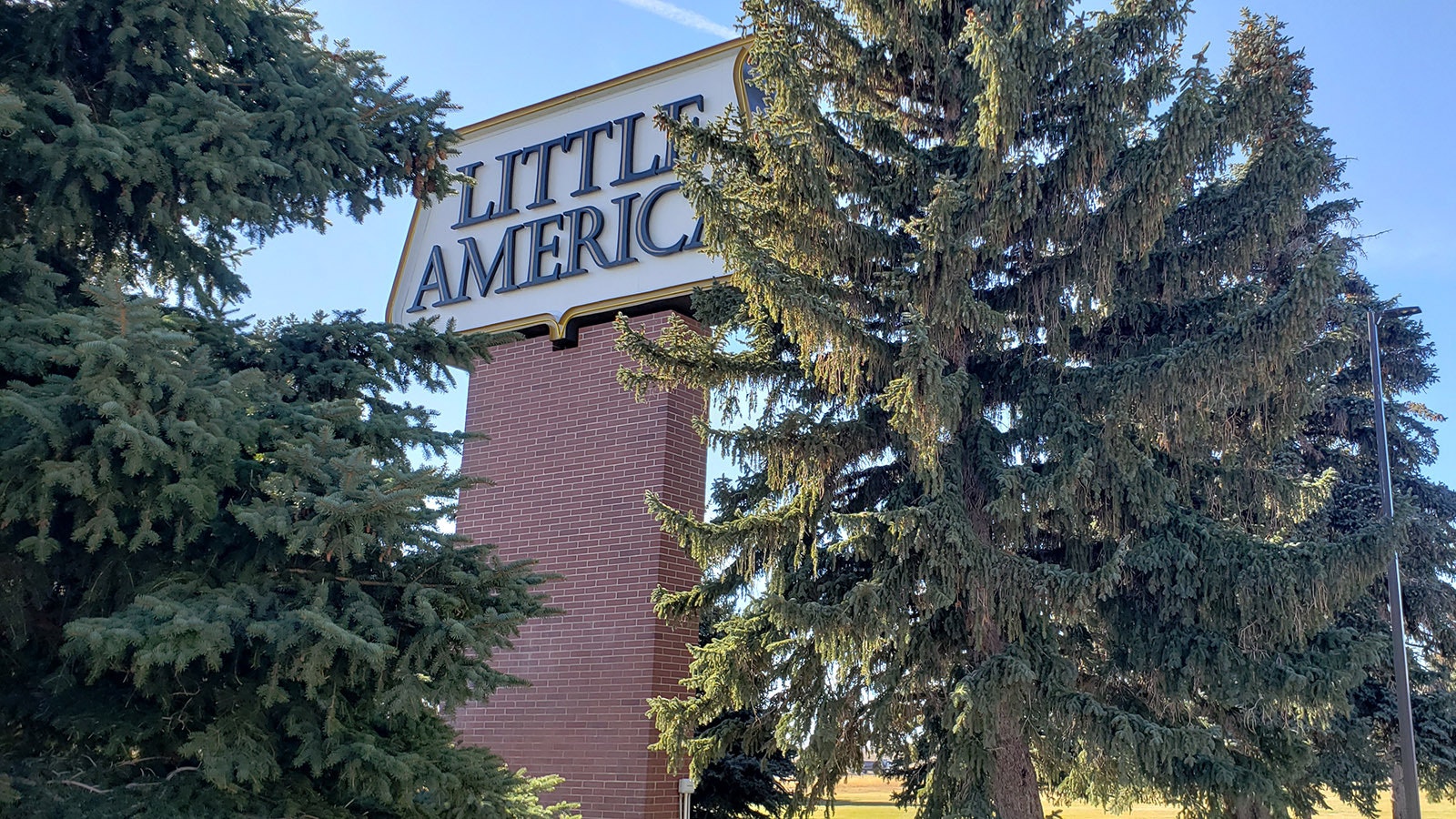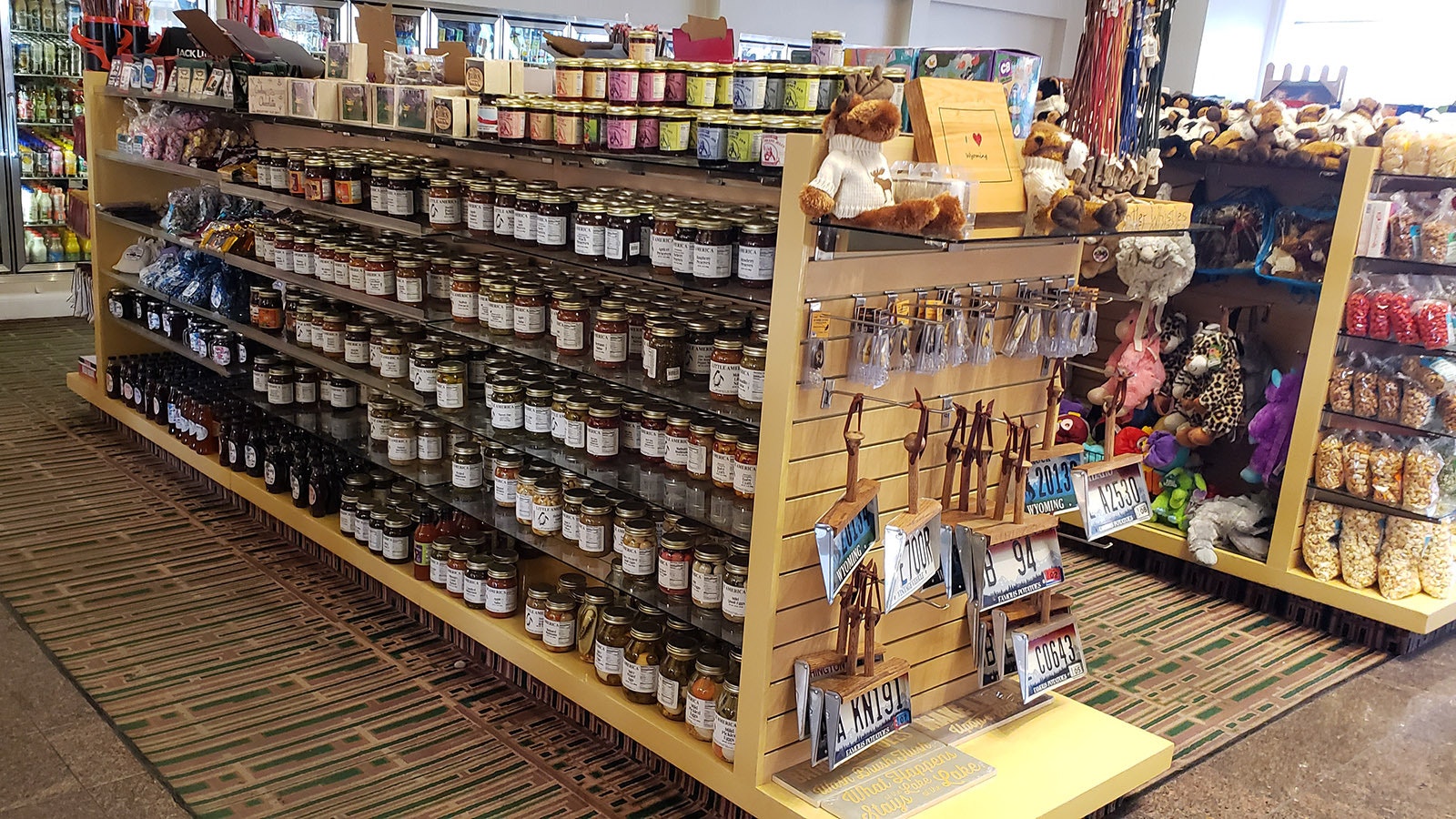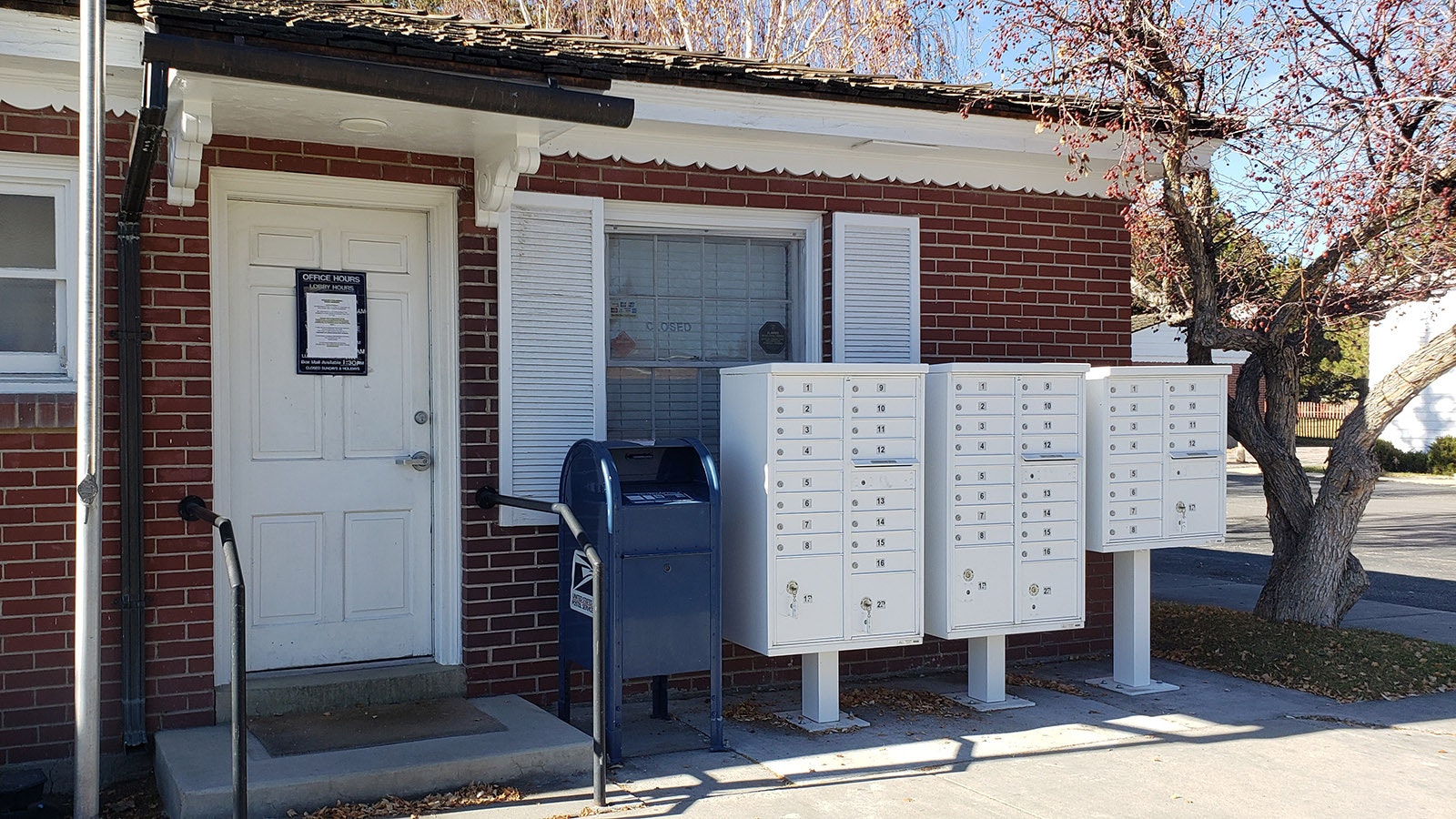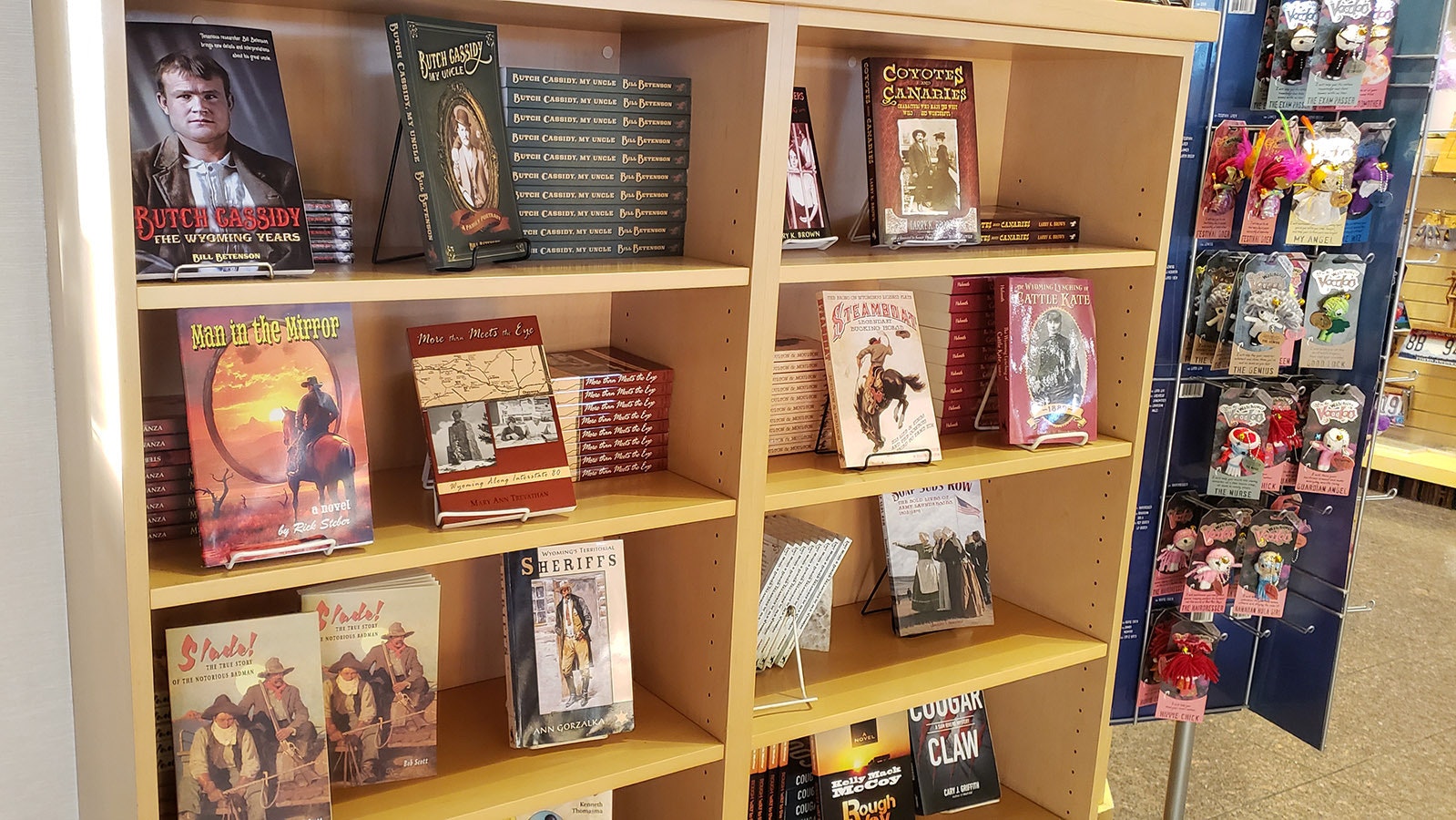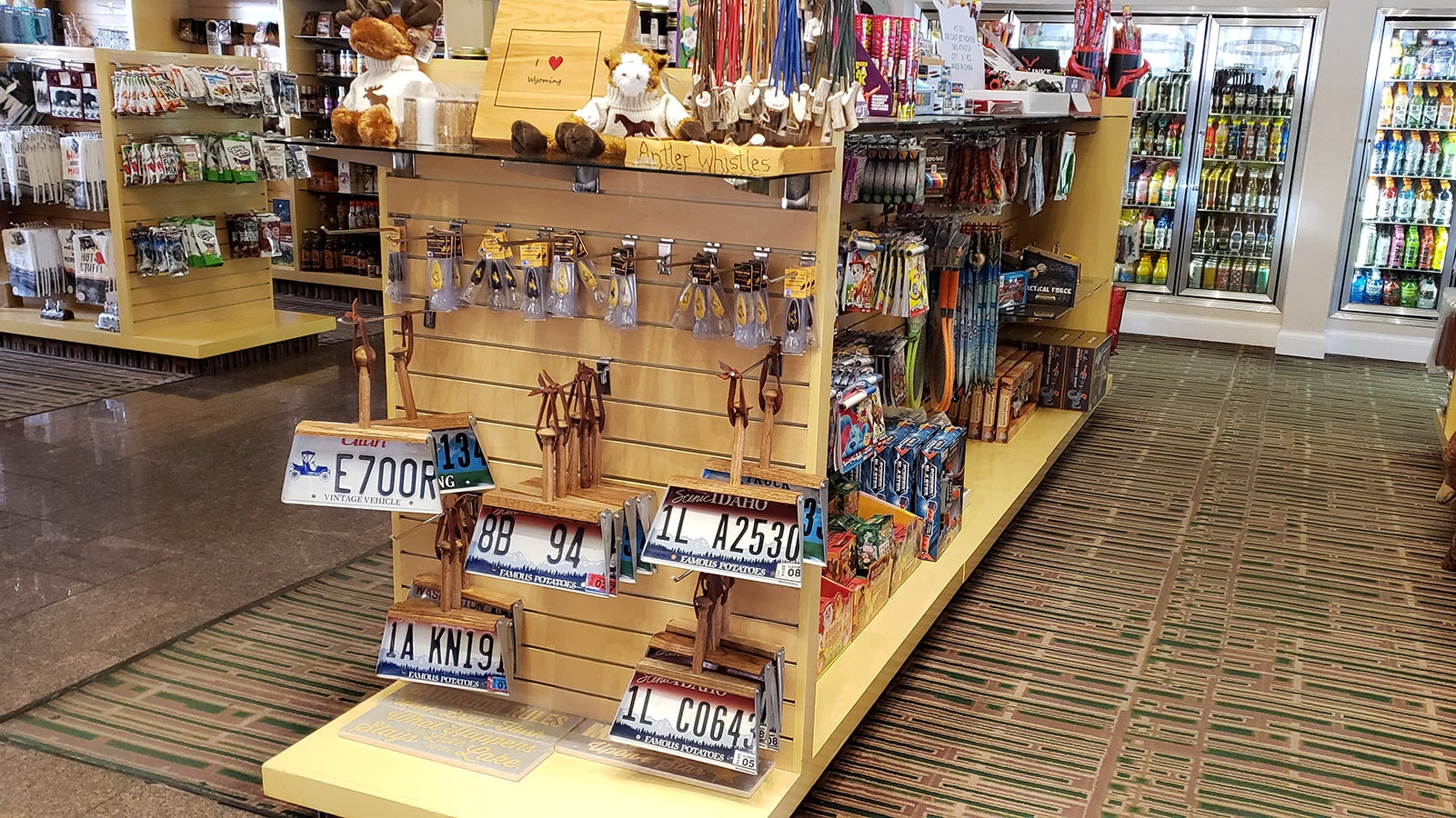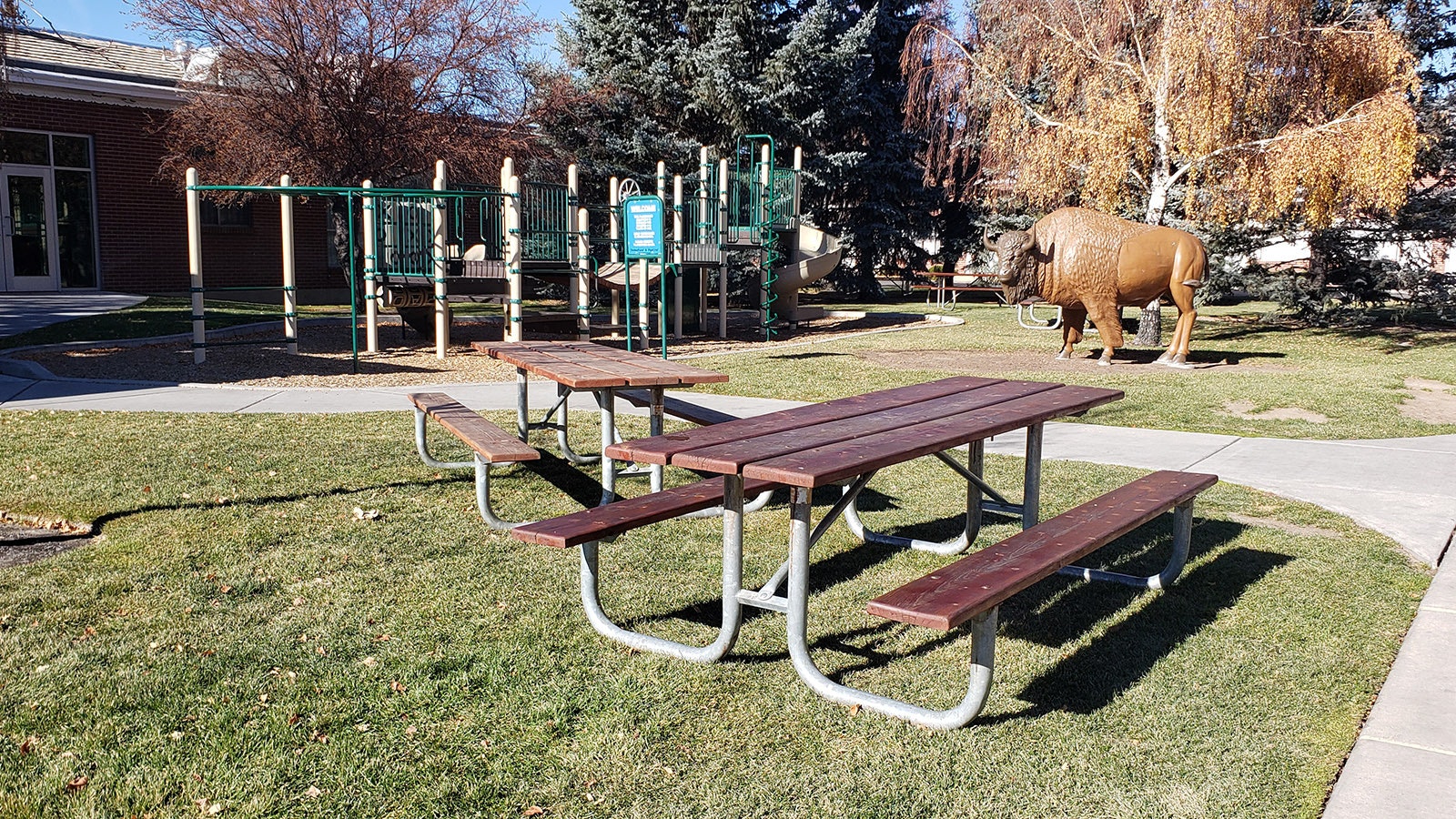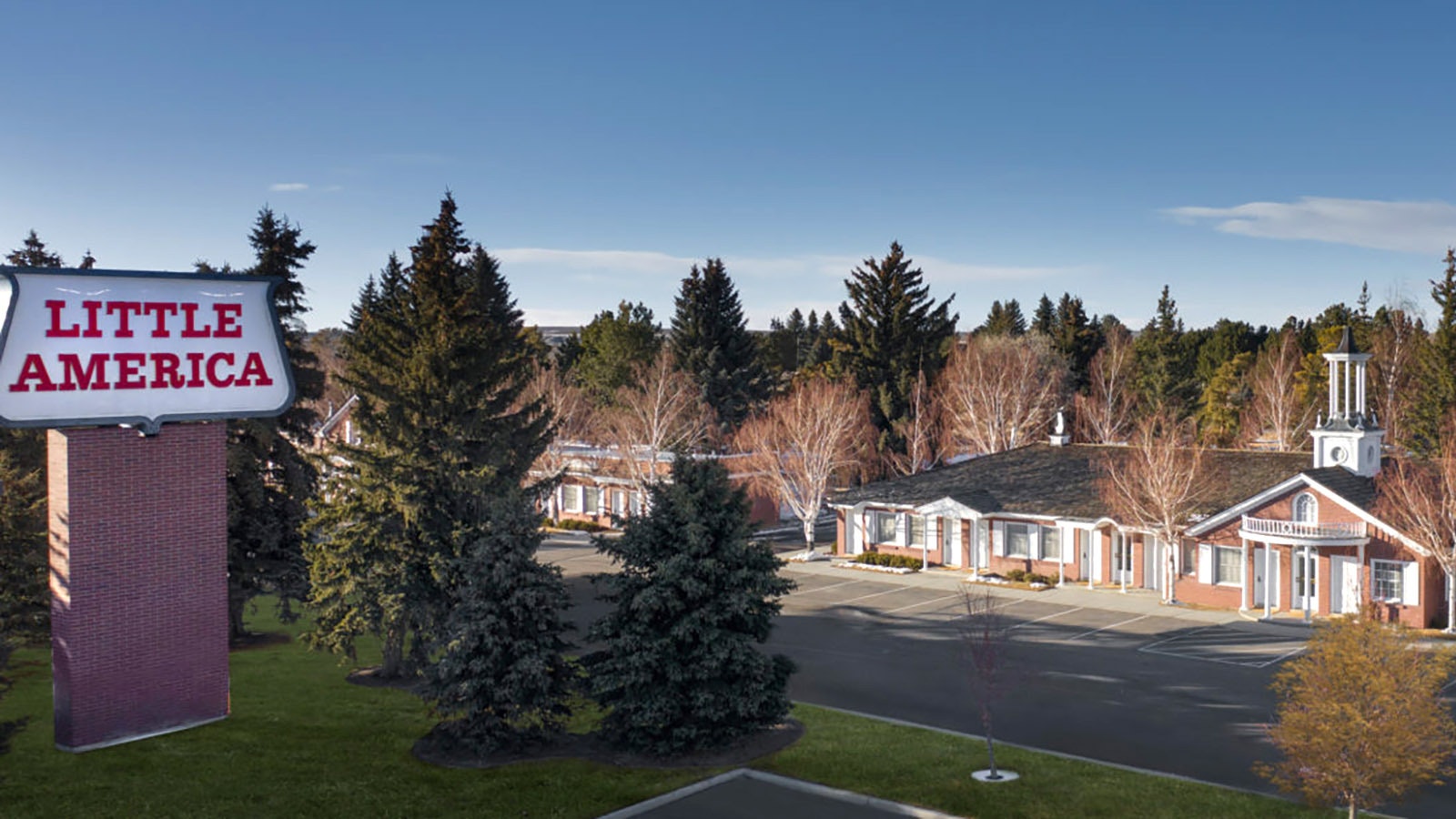LITTLE AMERICA — It’s impossible to miss the Little America Wyoming hotel and travel stop on Interstate 80 in southwest Wyoming even if it is, as travelers often note in their reviews, in the middle of nowhere.
Signs advertising the hotel, and its signature 75-cent ice cream cones, start from a 100-mile radius around the Little America, inviting travelers to drop by a hotel that is so remote, it has its own ZIP code and is essentially its own city. Its population is even counted and recorded by the U.S. Census Bureau.
There’s a story behind the remoteness of this location, a story that’s as iconic Americana as the wooden penguins that adorn the rooftops of most of Little America’s buildings, not to mention that giant stuffed penguin in the lobby.
The story began as a wish on a cold Wyoming winter night by Little America founder Stephen Mack Covey, who told the story on placemats at his travel stop which was then along Route 30.
“Away back in the (18)90s when I was a youngster and herding sheep in this dreary section of Wyoming, I became lost in a raging northeast blizzard and was forced to ‘Lay Out’ all night at this exact place where Little America now stands,” Covey wrote in the story on the placemats.
“That long January night in that terrible storm with a 50-mile wind and the temperature about 40 below passed very, very slowly, and oh, how I longed for a warm fireside, something to eat, and wool blankets. I thought what a blessing it would be if some good soul would build a house of shelter of some kind on that god-forsaken spot.”
In 1929, when Covey saw Admiral Byrd’s photos of his “Little America” camp in the Antarctic, he was reminded of that wish, born on that bitter cold night while he was caught in the Arctic grip of a Wyoming northeaster. The reminder inspired him to build a modest motel with 12 cabins, two gas pumps, a cocktail lounge, and a 24-seat café.
The price of a burger at that time was a mere 35 cents. A gallon of gas was 16 cents and an ice cream cone was 5 cents.
Covey adopted the penguin as his logo and named his business Little America. He put up a whole string of billboards to tell travelers at regular intervals just how far they were from Little America, and to warn them that nothing else would be available for many miles in either direction.
A Hotel That’s Become Its Own City
Little America Wyoming opened in 1934, and current General Manager Spencer Riggs admits to having a little bit of fun with the fact the hotel has its very own ZIP code.
“If you were to send us mail, you could literally make up almost any address you want, as long as you use the ZIP code 82929,” he said. “It will get to us. There’s no real official post office box or address once you’re at the property.”
From time to time, Riggs has made up funny addresses that sound cool just to see if they will arrive. And they generally always do.
“Typically, we go by something kind of standard,” he said. “But that makes us unique.”
Because it is so remote, the hotel has to have all of its own infrastructure, and it does function more or less as its own city, albeit one without an official mayor.
“We have green signs on the highway that say Little America, just as if it were a city,” Riggs said. “You know, no business has the green sign. They have blue signs, but ours has a city sign with a mileage to it.”
There are about 50 residences located on the backside of the property, and this is where some Little America employees live. Monthly rents range from $300 for a small studio apartment to about $750 for a three-bedroom house with two bathrooms and a two-car garage.
The employee housing is popular, Riggs said, and has a waiting list. Employees living there have a short walk to get to work, he added, though most still opt to drive.
Little America has its own utilities, including water treatment and storage, as well as its own Post Office, which opened in 1963.
“We also have our own fire station and trained volunteer fire people, because if we have a fire, it could be over a half an hour until we get help here,” Riggs said. “So, we’re able to take care of ourselves that way.”
Holding On
By the 1950s, Little America was losing money. Covey’s solution was to sell Earl and Carol Holding, who were in their 20s at the time, a 10 percent stake in the business, in return for taking over the operation’s management.
Earl had distinguished himself in Covey’s eyes by being an exceptional groundskeeper with an eye for detail, Riggs told Cowboy State Daily.
“He had worked hard for them from the time he was 8 years old,” Riggs said. “And they knew him as such an incredible, business-type guy.”
The Holdings rolled up their sleeves and went to work, flipping burgers, waiting tables, pumping gas and making beds themselves. Within a year, they had turned the operation completely around, making it profitable again.
Eventually, they were able to buy Little America, and their timing was just perfect. The American public was taking to the road like never before, and the isolated motel in the middle of nowhere soon had plenty of travelers plumping up the business.
Holding added dozens of pumps to his travel stop and put up signs for hundreds of miles around, proclaiming it as the world’s largest gas station.
The tactic was a success, and Holding was soon building Little Americas in Cheyenne, Salt Lake City and Flagstaff, Arizona.
Holding added Sinclair fuel as a premium gasoline in the 1950s as well, but he was not content with the profit margins. In 1968, he borrowed heavily and bought a small oil refinery in Casper from Mobil Oil Corporation, which eventually would supply fuel for the U.S. Air Force, Union Pacific Railroad, and a thousand service stations in the Mountain West, including his own.
Things went well with his Casper refinery, so Holding scooped up the assets of the Sinclair Oil Corp. And this would be why there’s a green brontosaurus sitting proudly, if a bit incongruously, in the front of the hotel’s lobby.
Sinclair’s famous green dinosaur was introduced in 1930 as a promotion for its refined lubricants, which were derived from Pennsylvania crudes laid down during the Mesozoic era, which included the brontosaurus’ late Jurassic and early Cretaceous epochs.
Little America Is Still Growing
There had been rumors when Little America closed its restaurant in 2014 that it was on its way out.
“It’s actually quite the opposite,” Riggs said. “That was something unfortunate that we had to do, but over the years we’ve revamped that and reopened it again. Little America is by no means failing at all. It is off to the races for something much bigger and much better in the future.”
Little America’s past business model has been focused on catering to pass-through travelers who want either a pit stop or an overnight stay, as well as to extended-stay guests who are working on projects at the nearby trona mines.
To that end, there are two spacious travel centers, one for long-haul truckers and one for the general public that includes a small outdoor playground for children.
There are 128 hotel rooms for those who want to spend the night, and a swimming pool that’s open only in the summer.
But the business model is changing a bit, and a multi-phase renovation and expansion is underway to transform Little America into a destination unto itself.
That effort began with the addition of an RV Park in the back of the hotel property that has about 48 spaces with picnic spots and has continued with an update to the lobby, including new furnishings and carpets.
Next up will be an expansion of both travel centers. The kitchen’s going to get bigger, speeding up the meal service, and there will be more dining room and vendor space.
Further down the line, Riggs said the company is considering an indoor water park that will be available year-round, as well as a brand-new hotel, which would give the location a new edge on competitors along I-80.
“I was just looking at some of the old pictures of Little America and realized that we have been growing and expanding since we started,” Riggs said. “What started, you know, as a little restaurant, gas station and gift shop has become much bigger.”
Riggs said the owners of Little America have visited from time to time and expressed to him personally the importance of this particular Little America location to the Holding family, which still owns the location.
For them, it is the place where a family from humble beginnings made an American dream come true, ultimately building an empire that includes storied ski resorts in Sun Valley, Idaho and Snowbasin, Utah as well as other hotels, 400,000 acres of ranch land and Sinclair oil.
Renée Jean can be reached at renee@cowboystatedaily.com.


